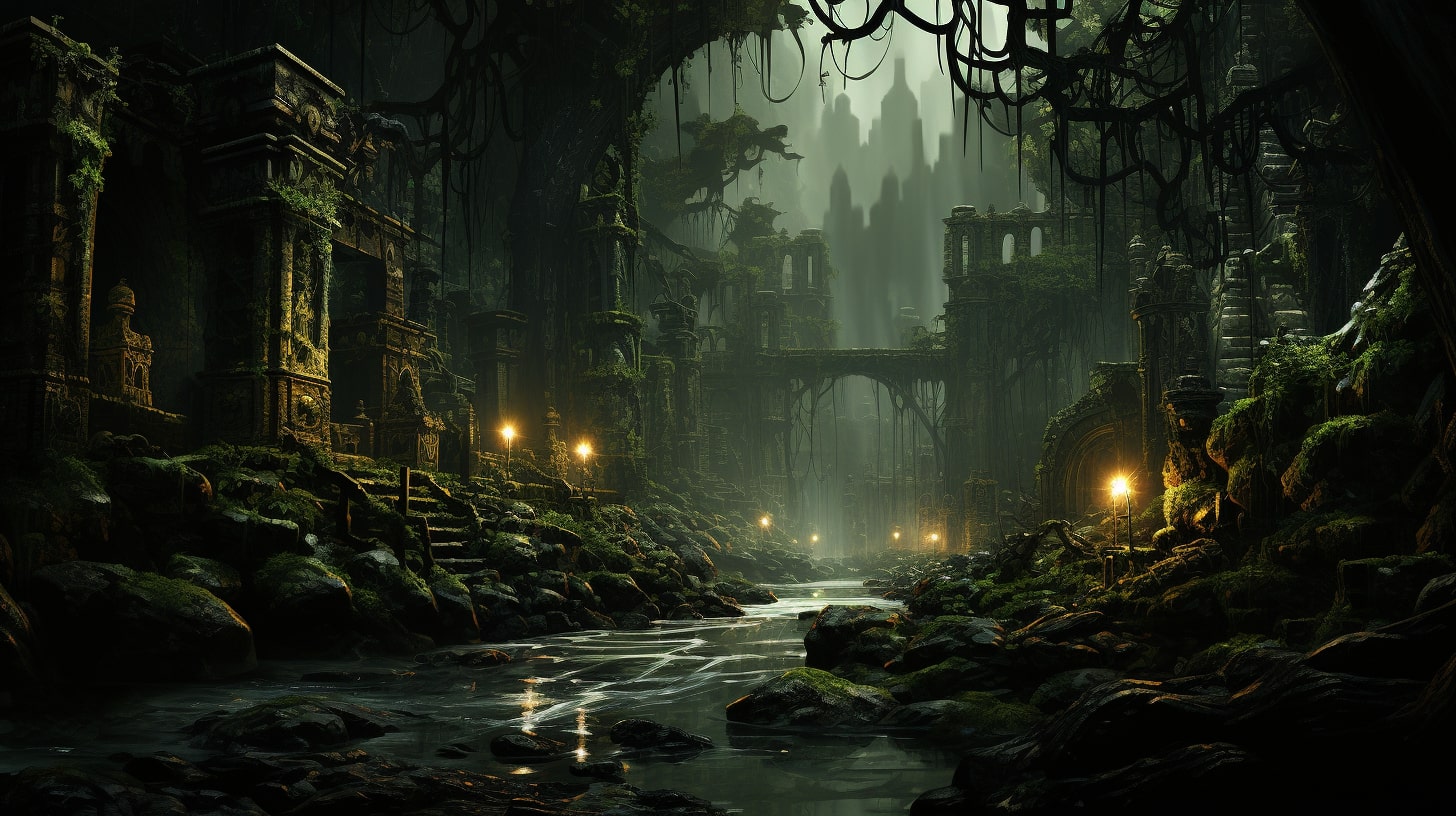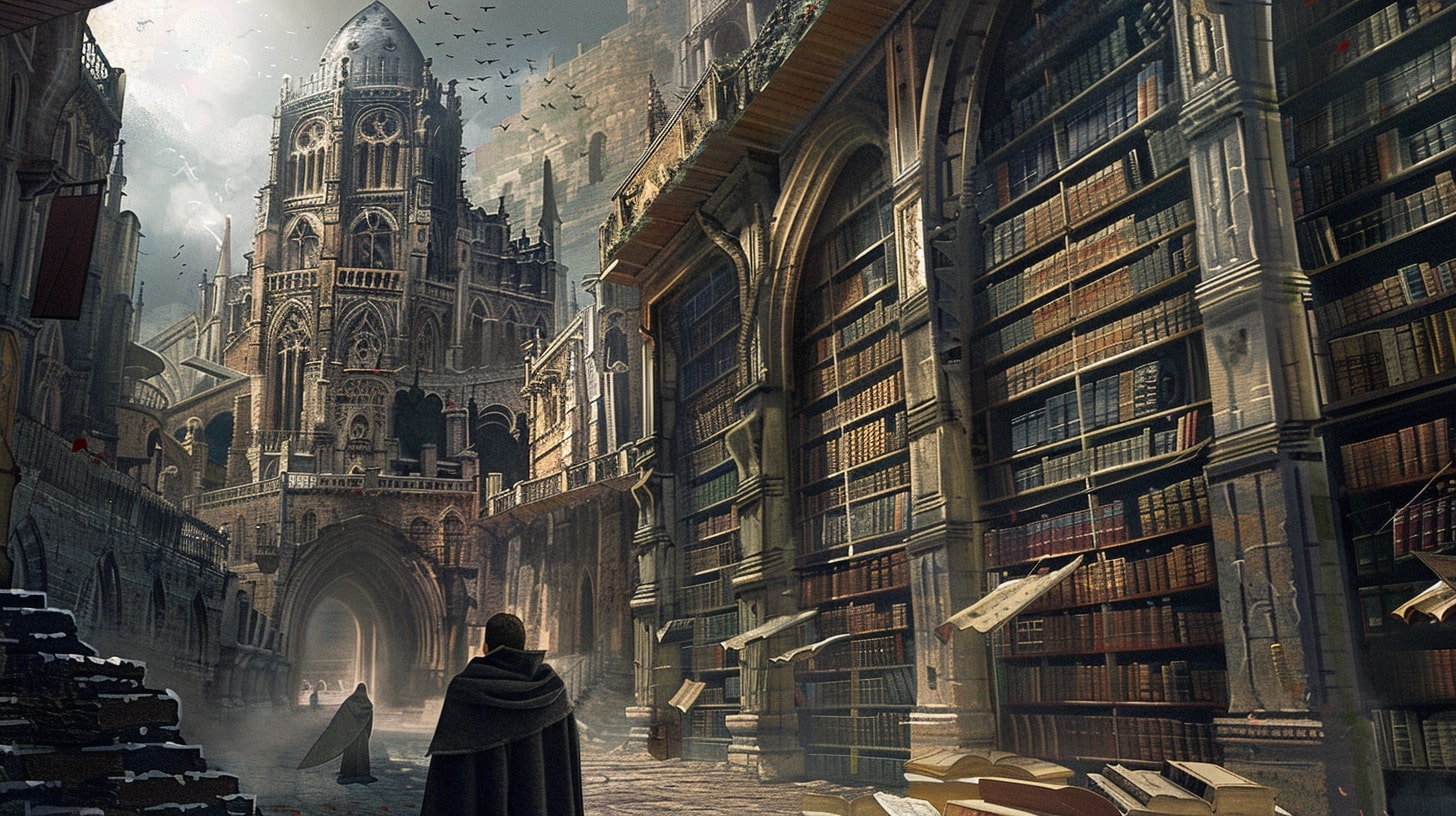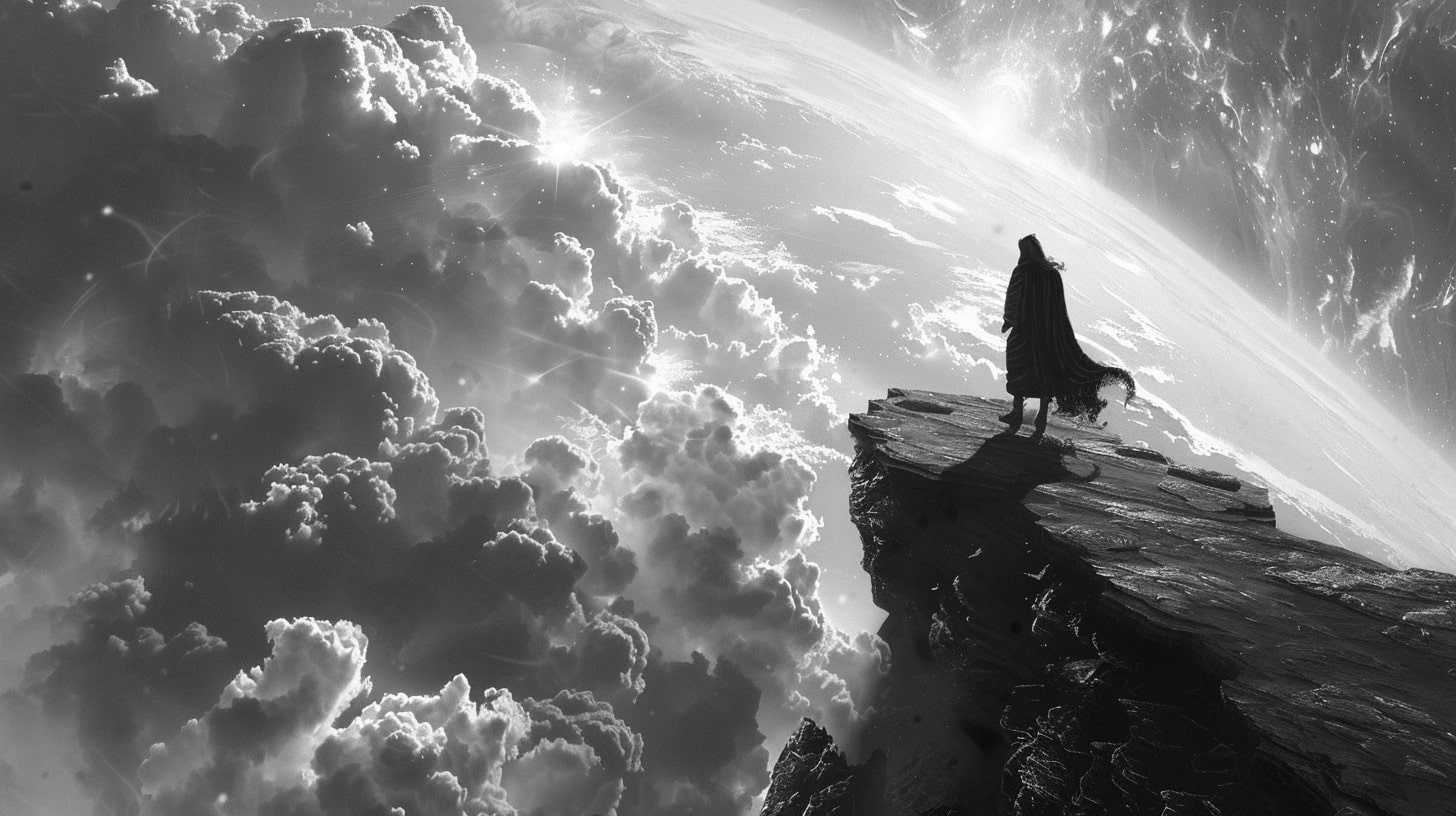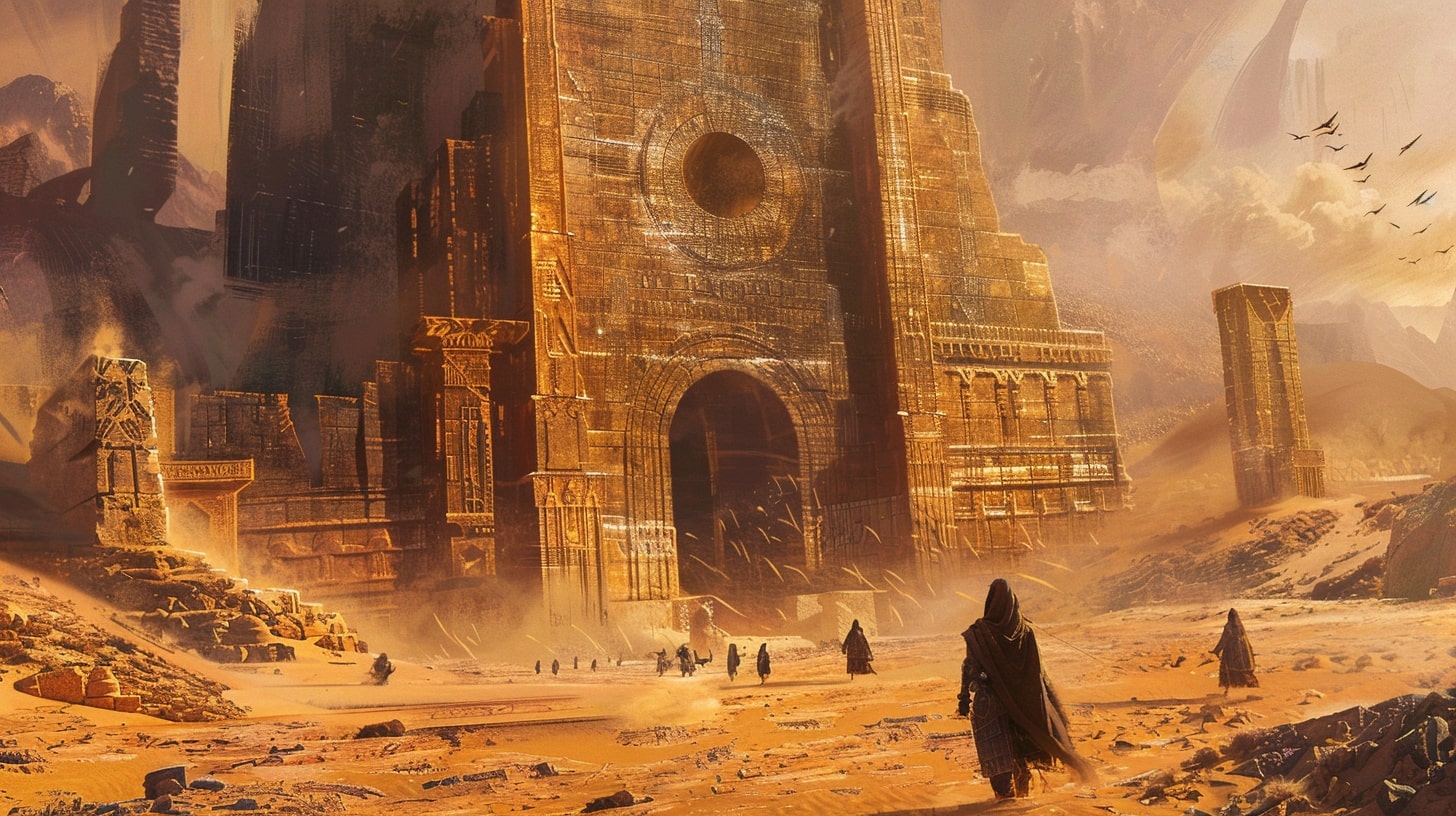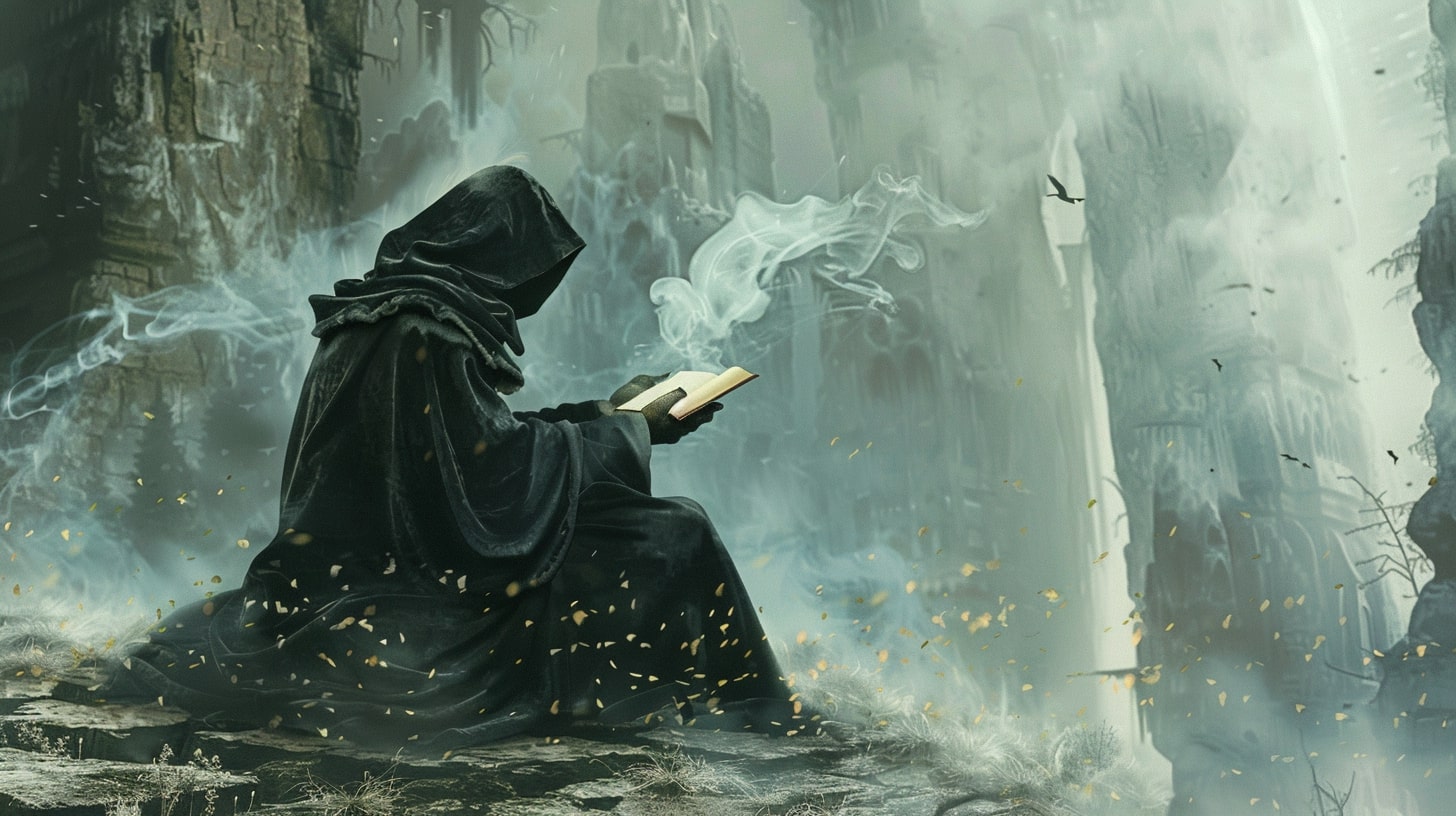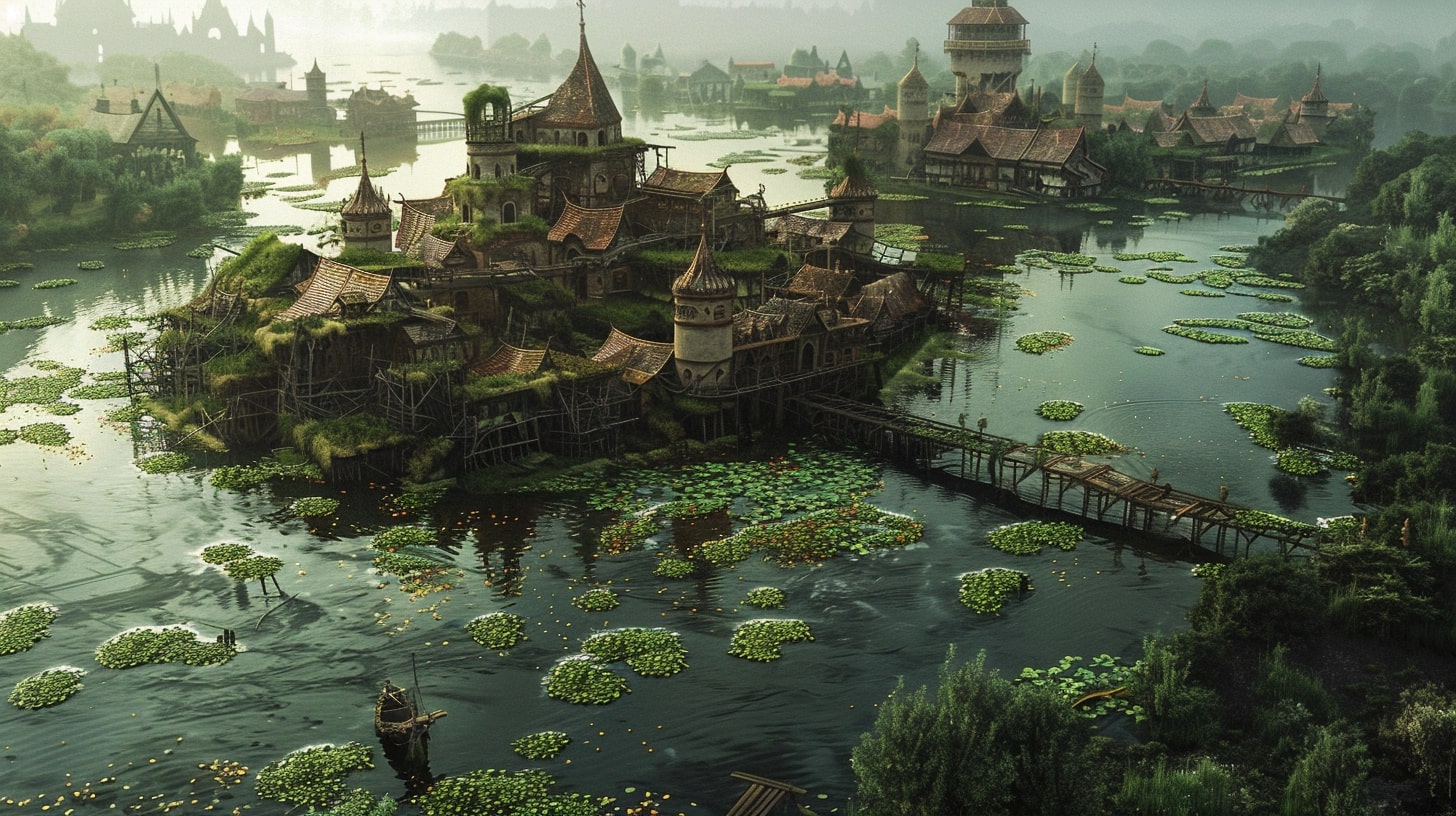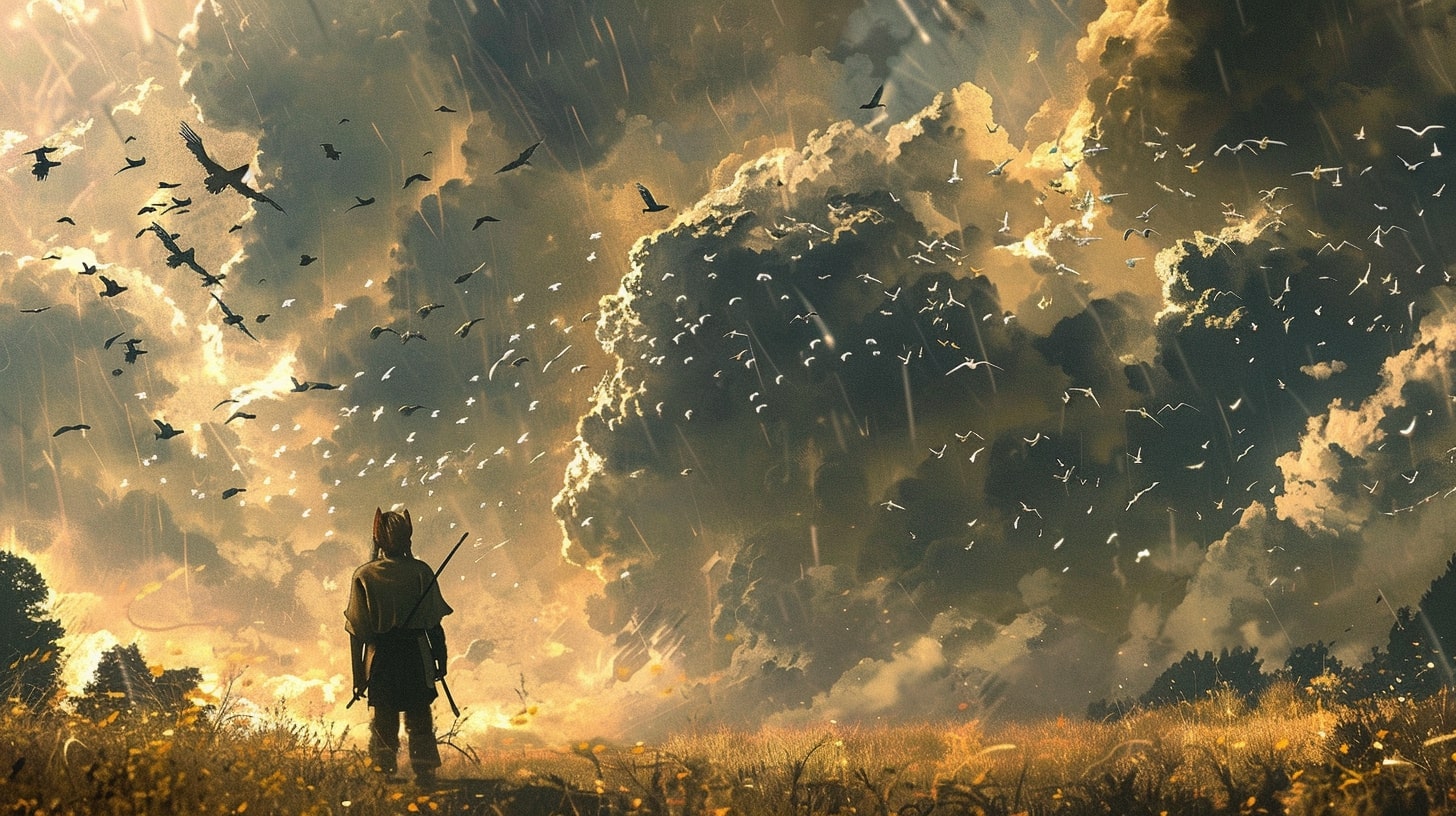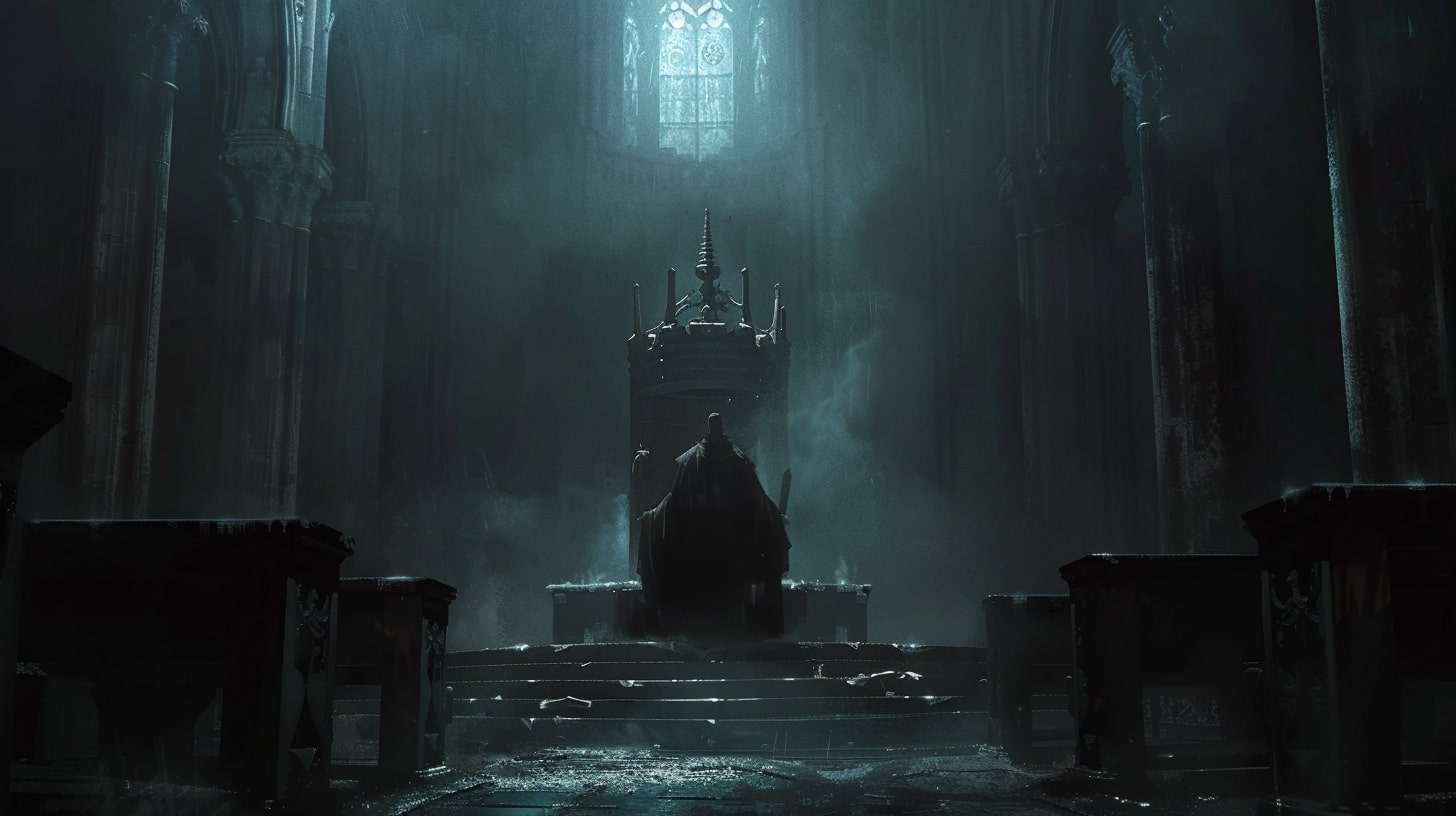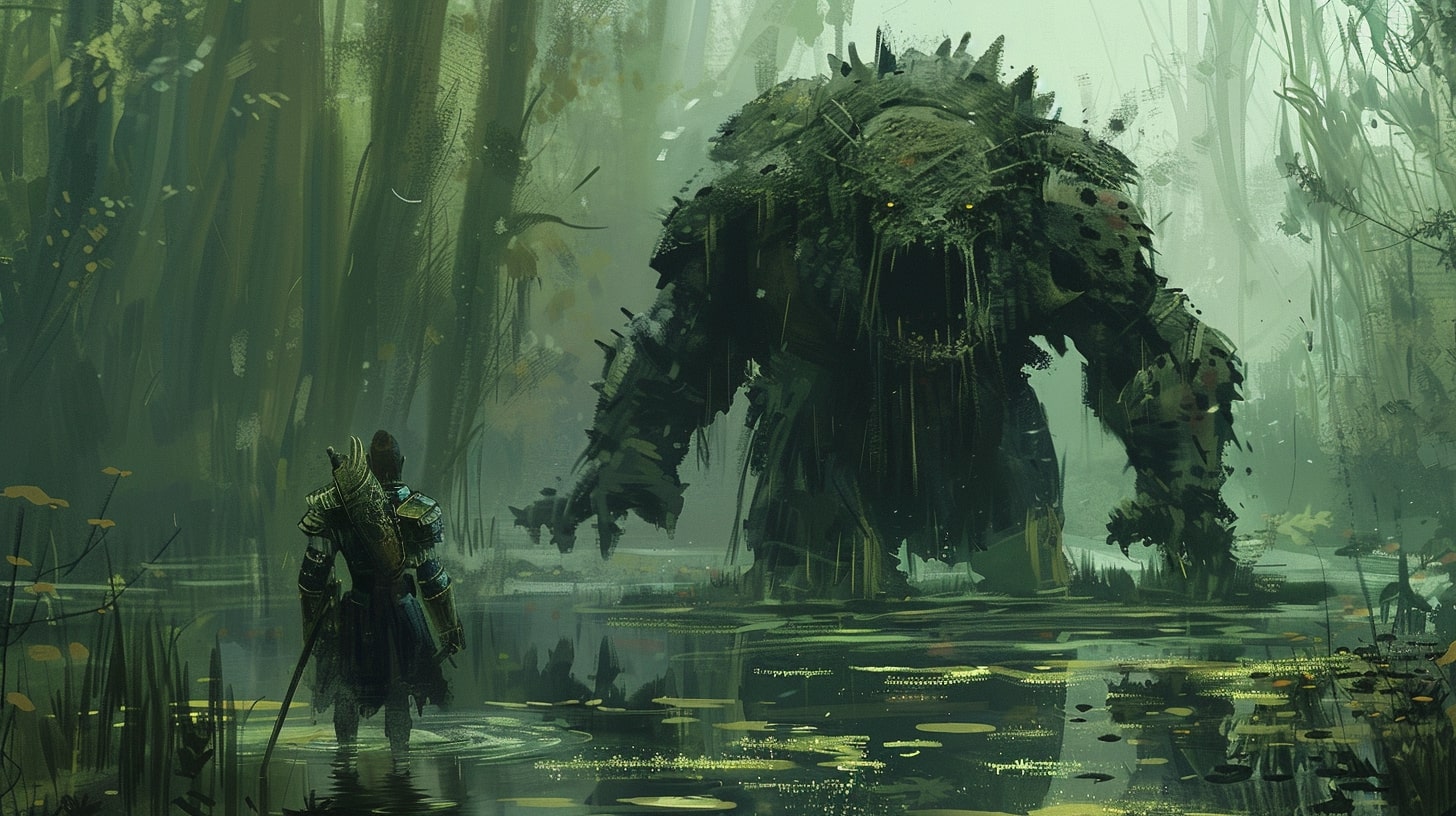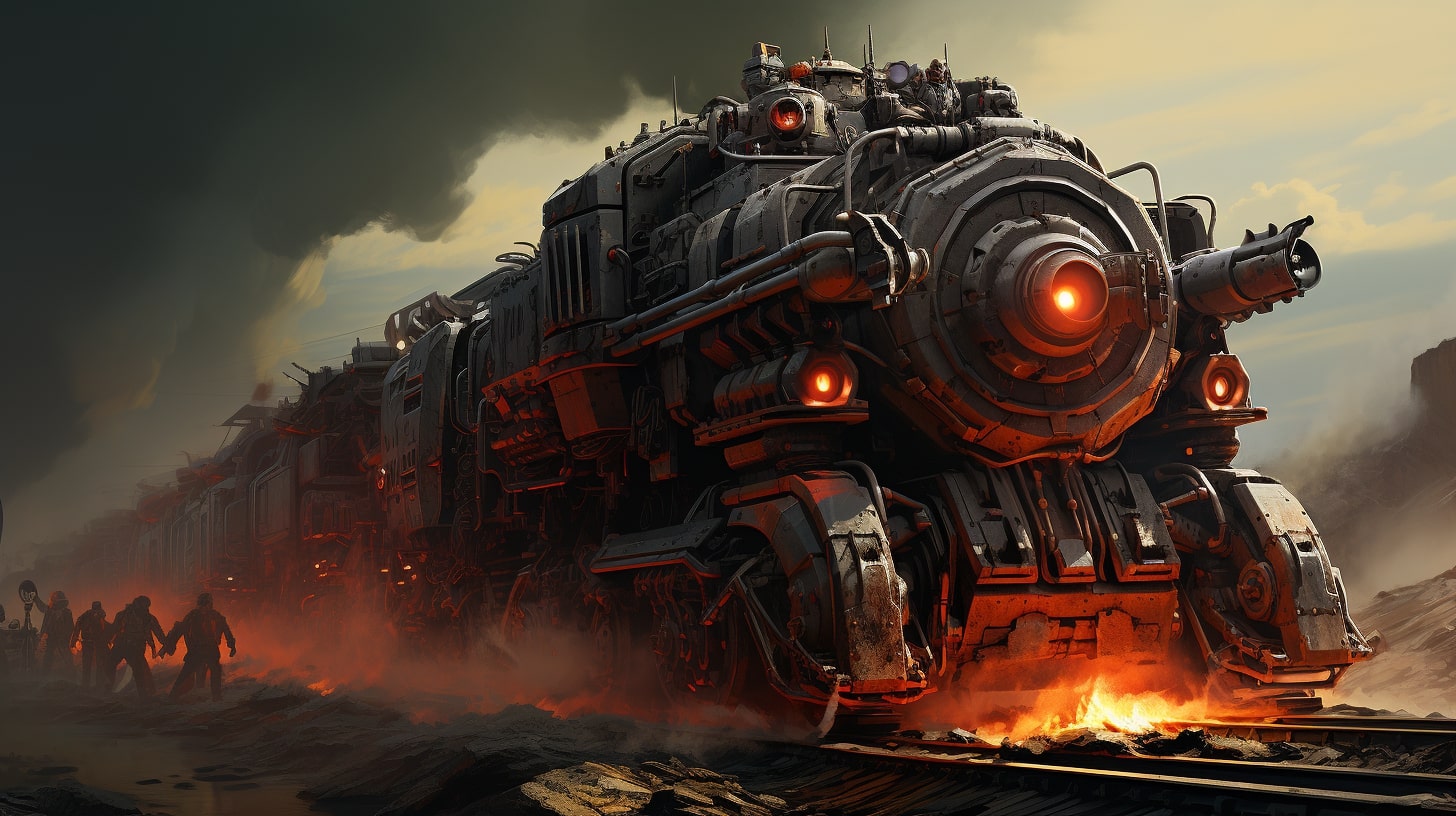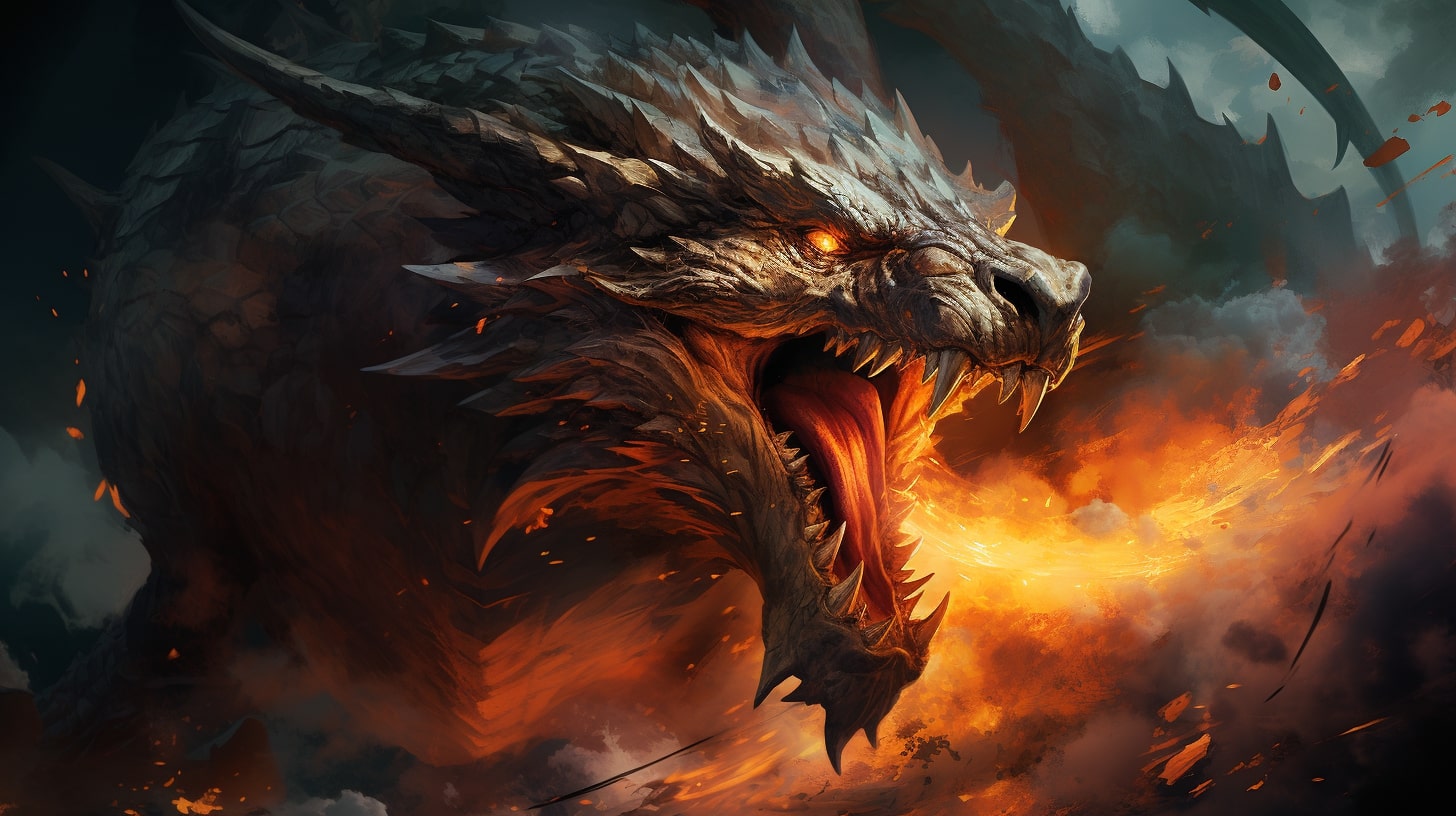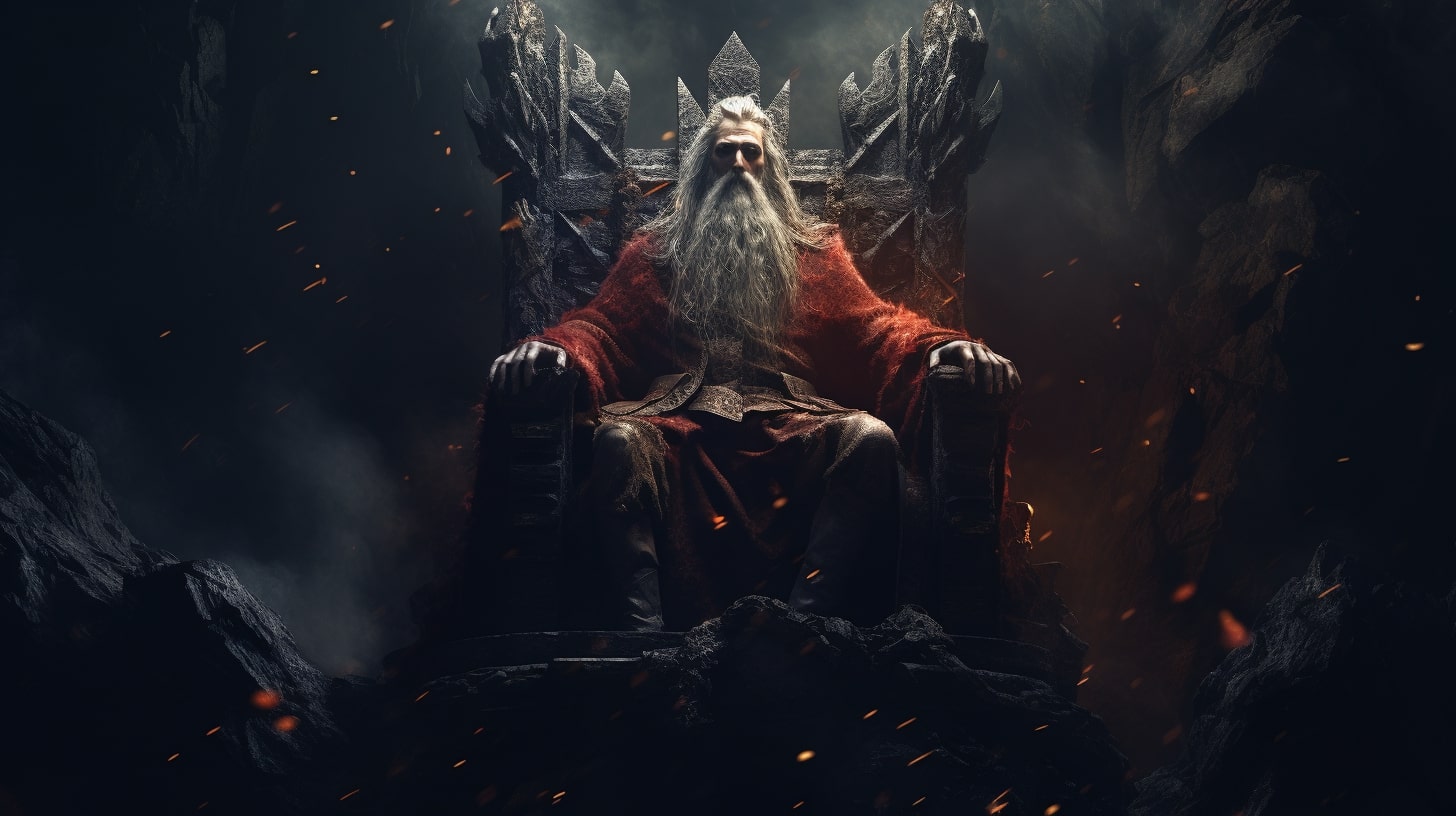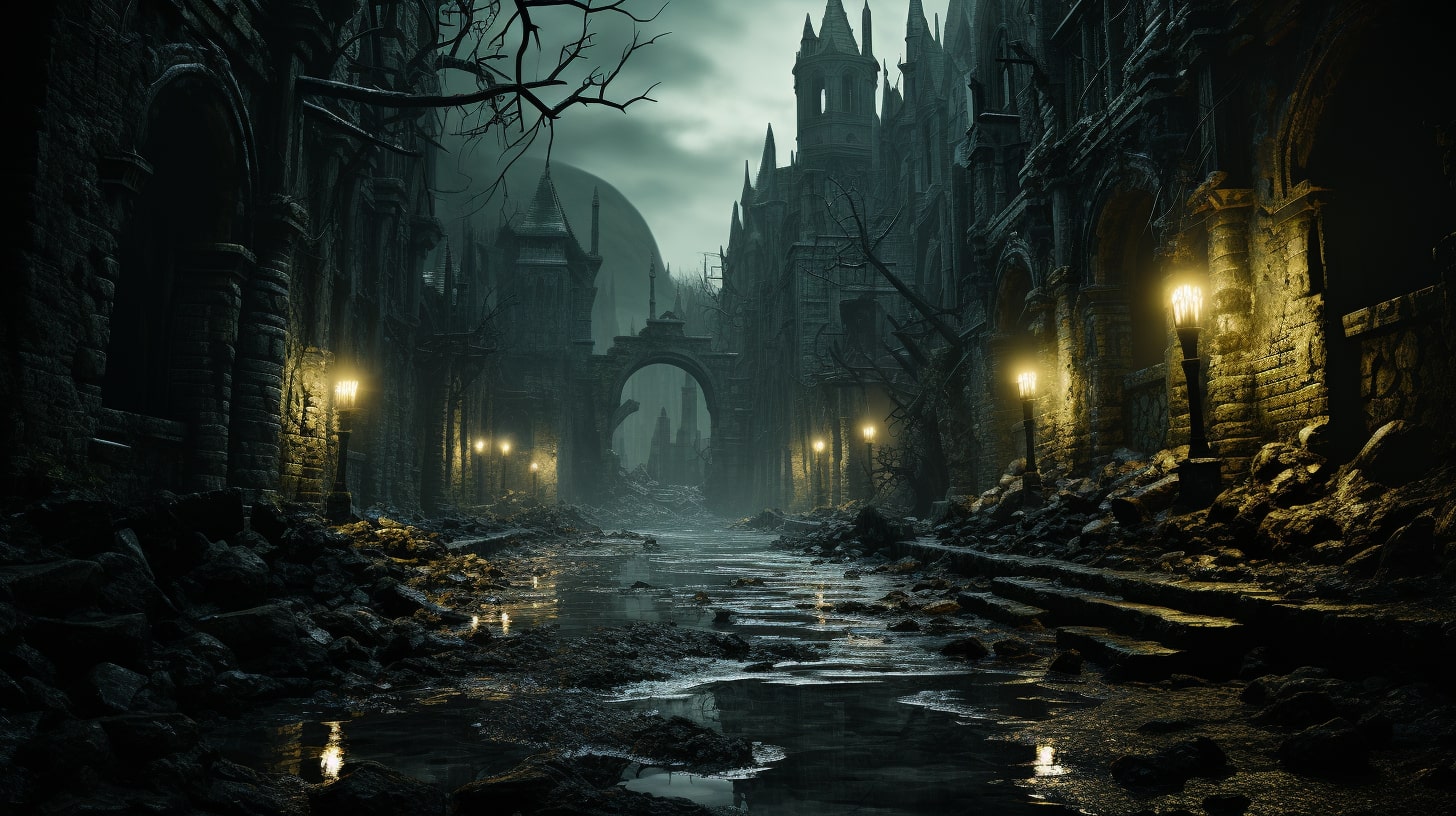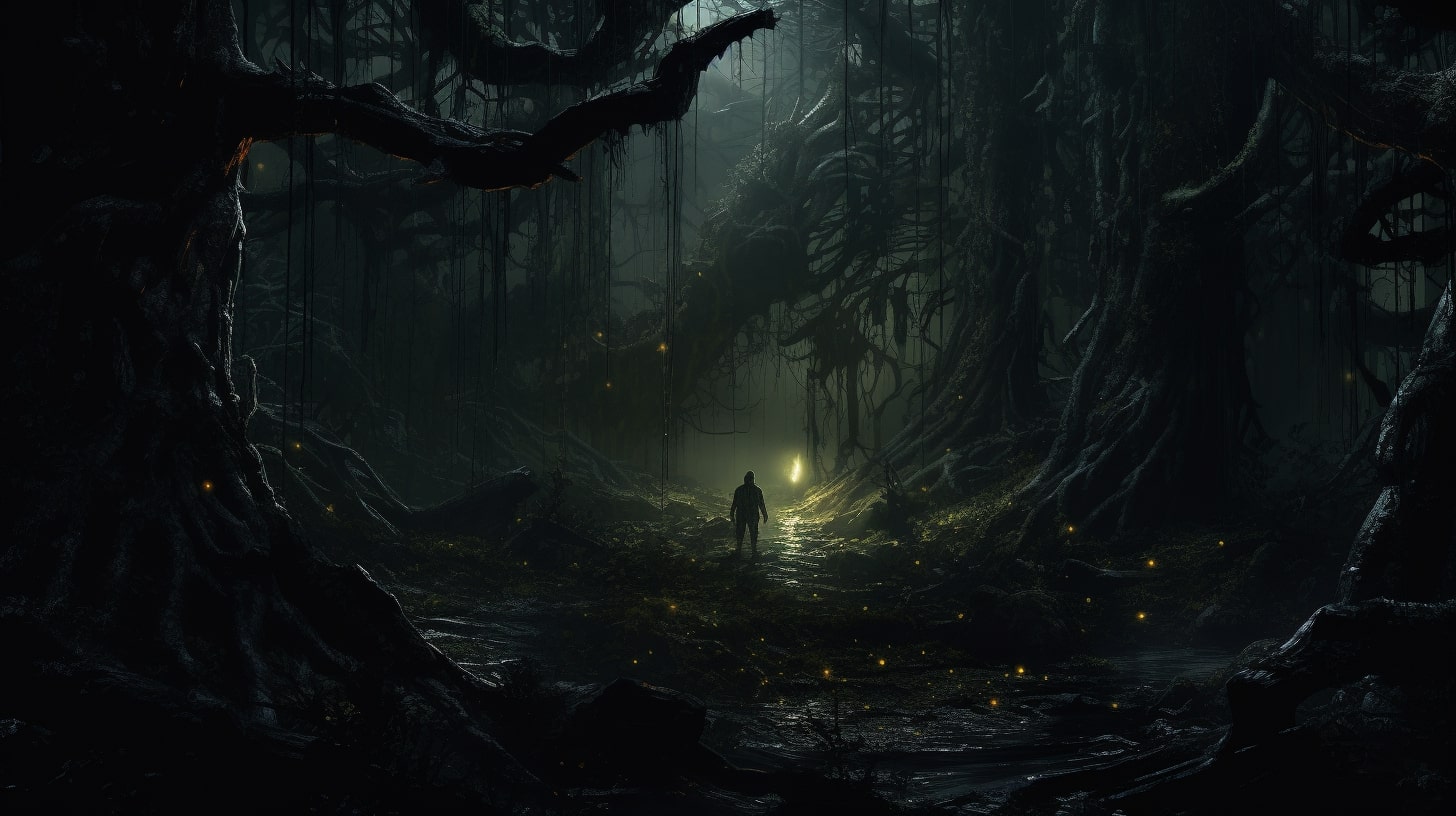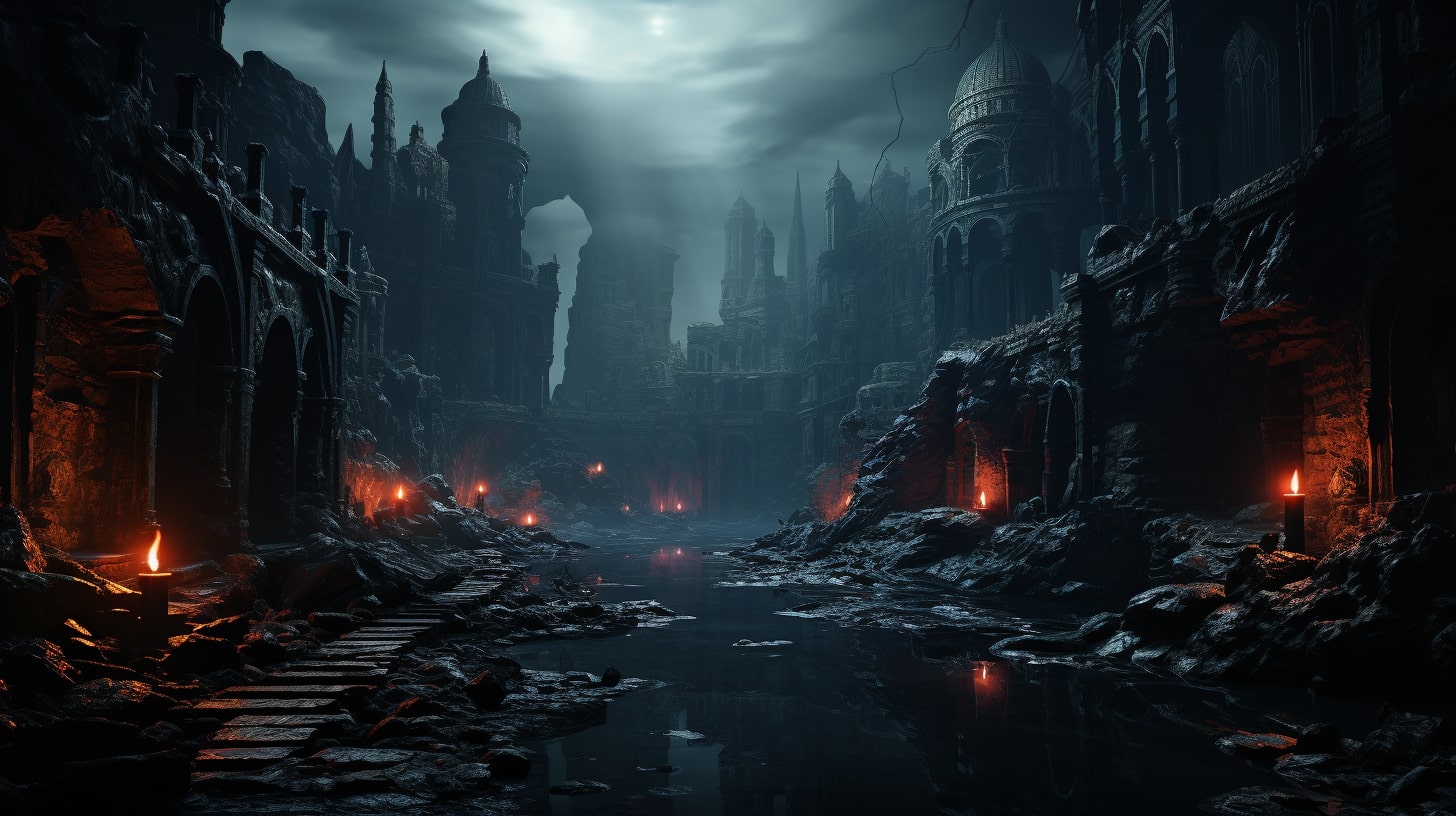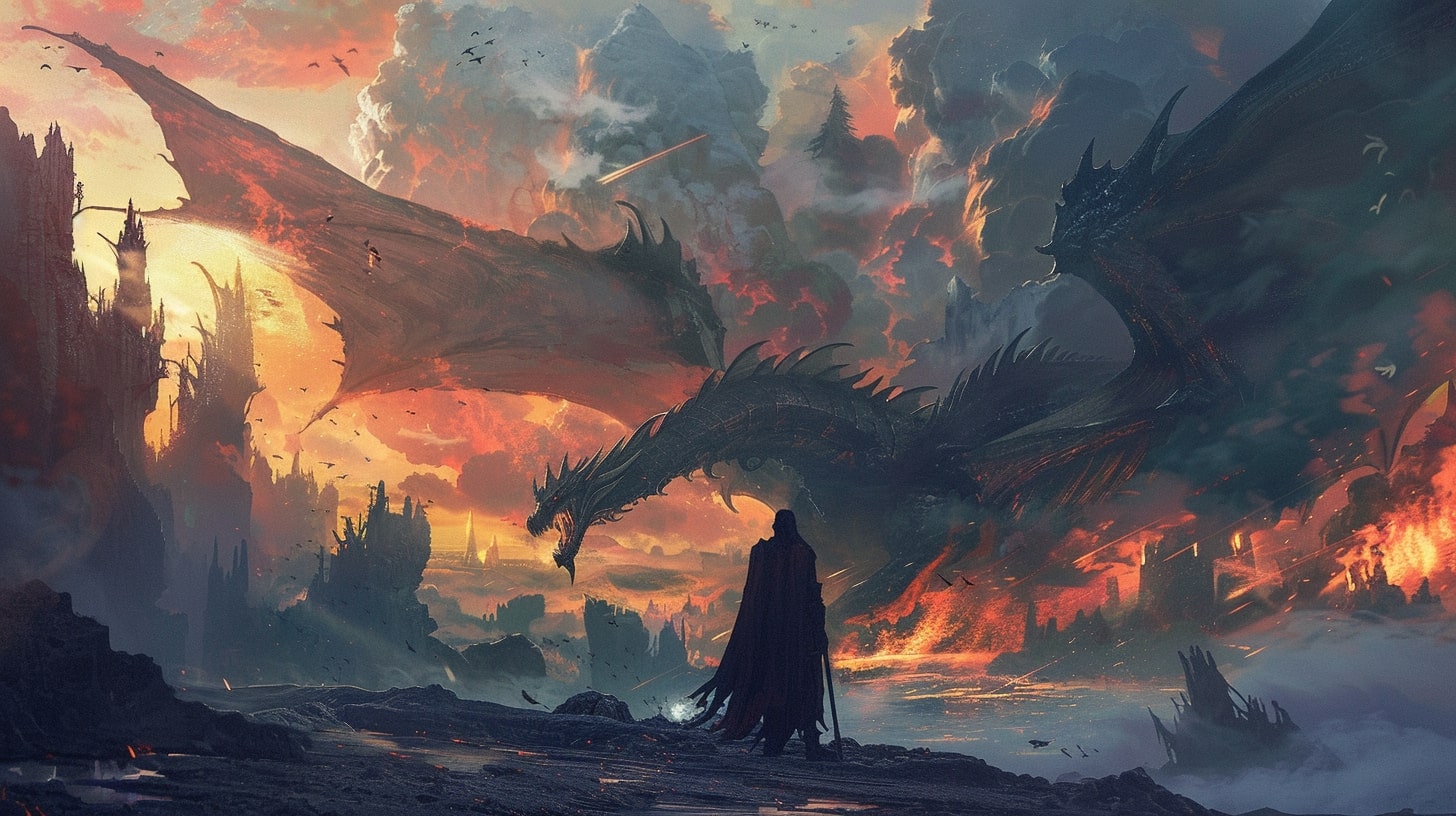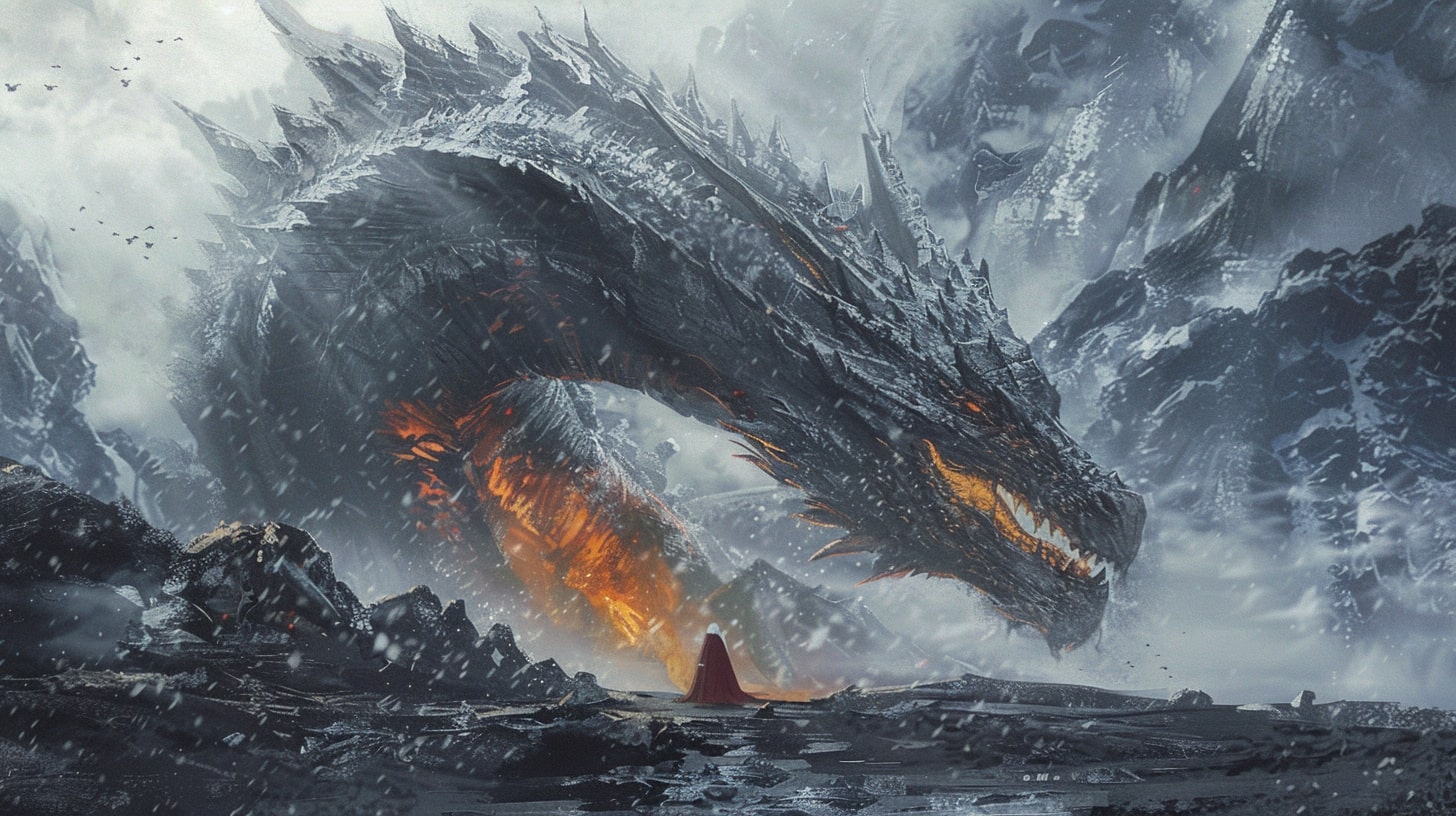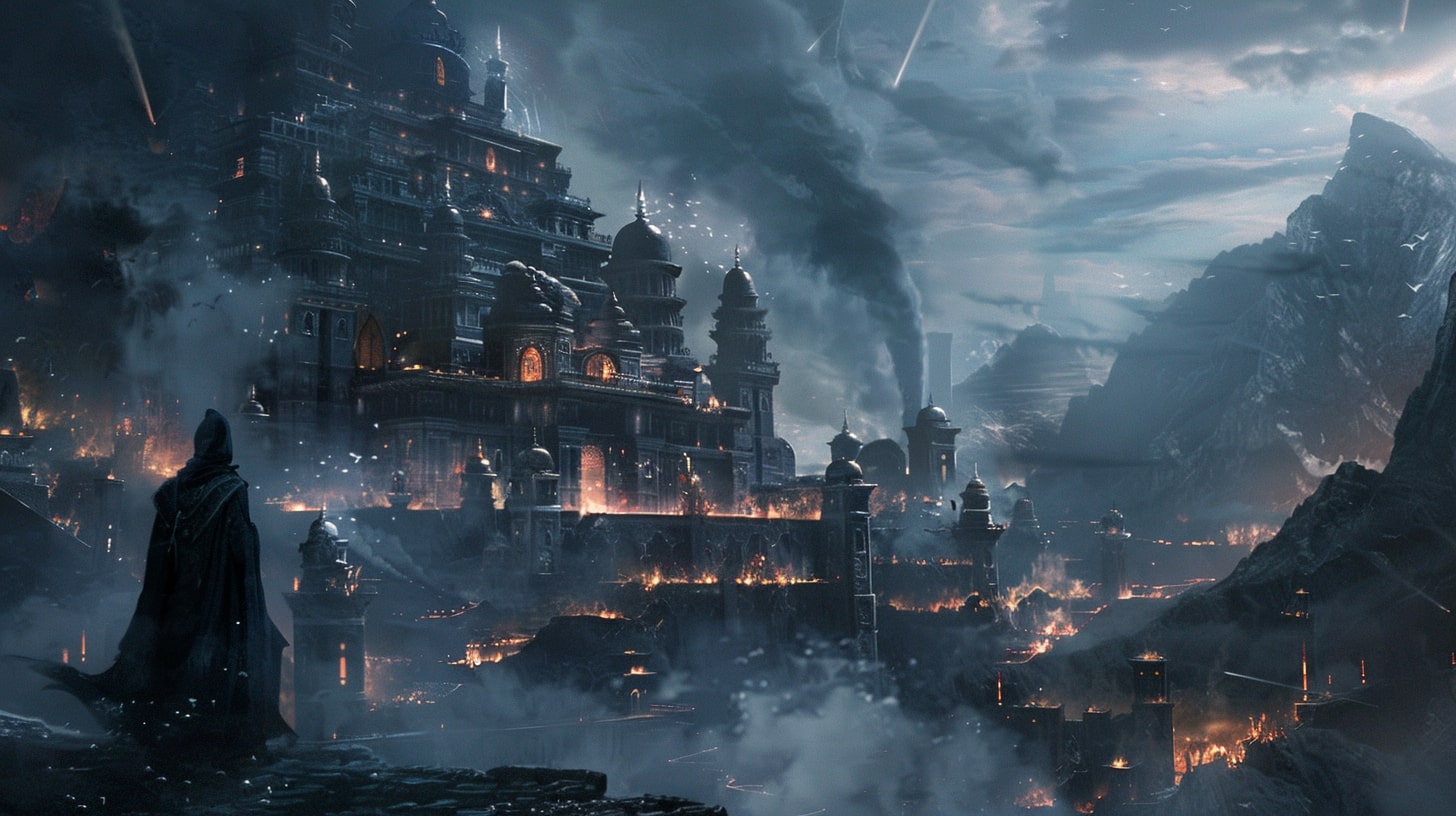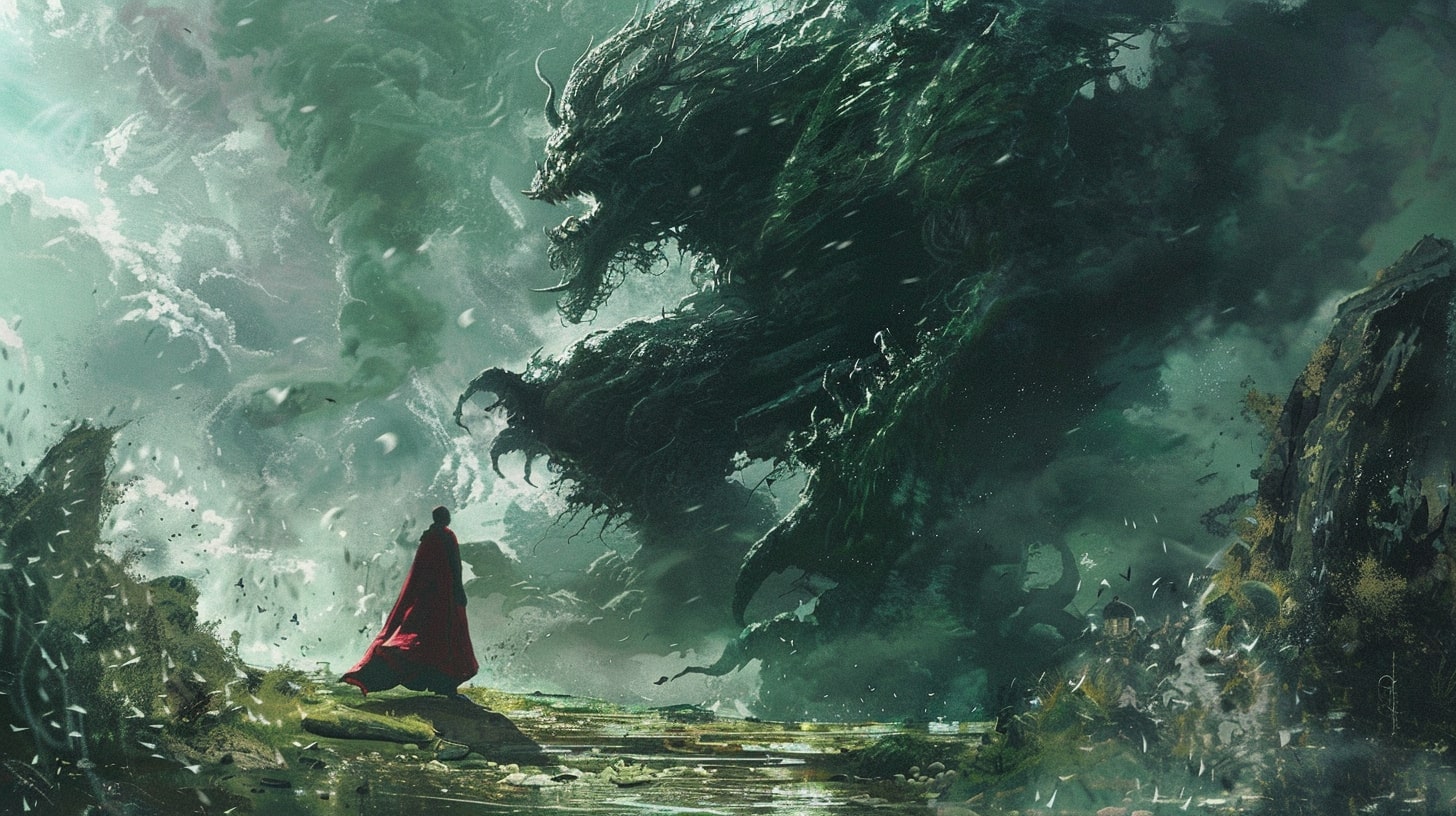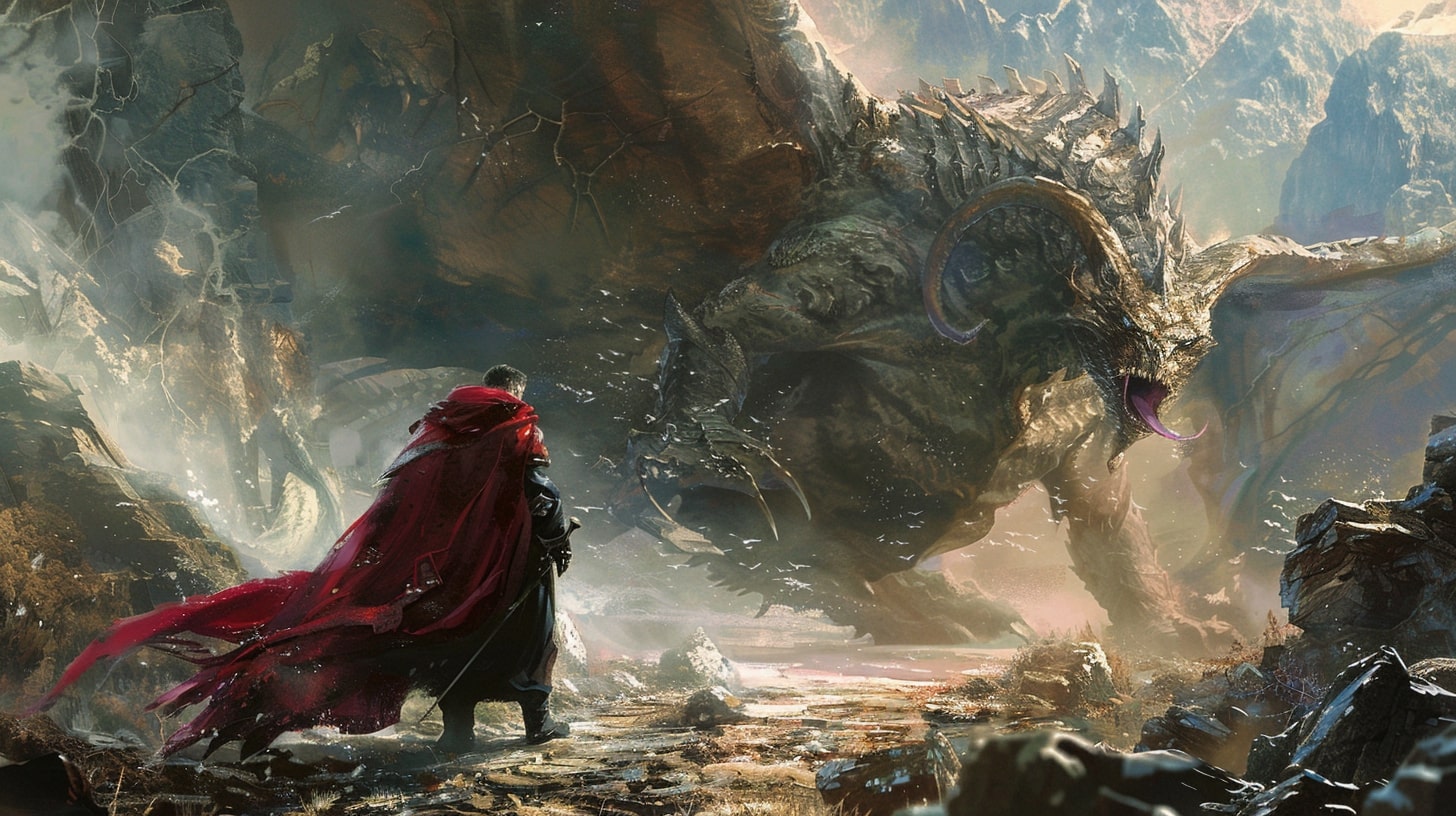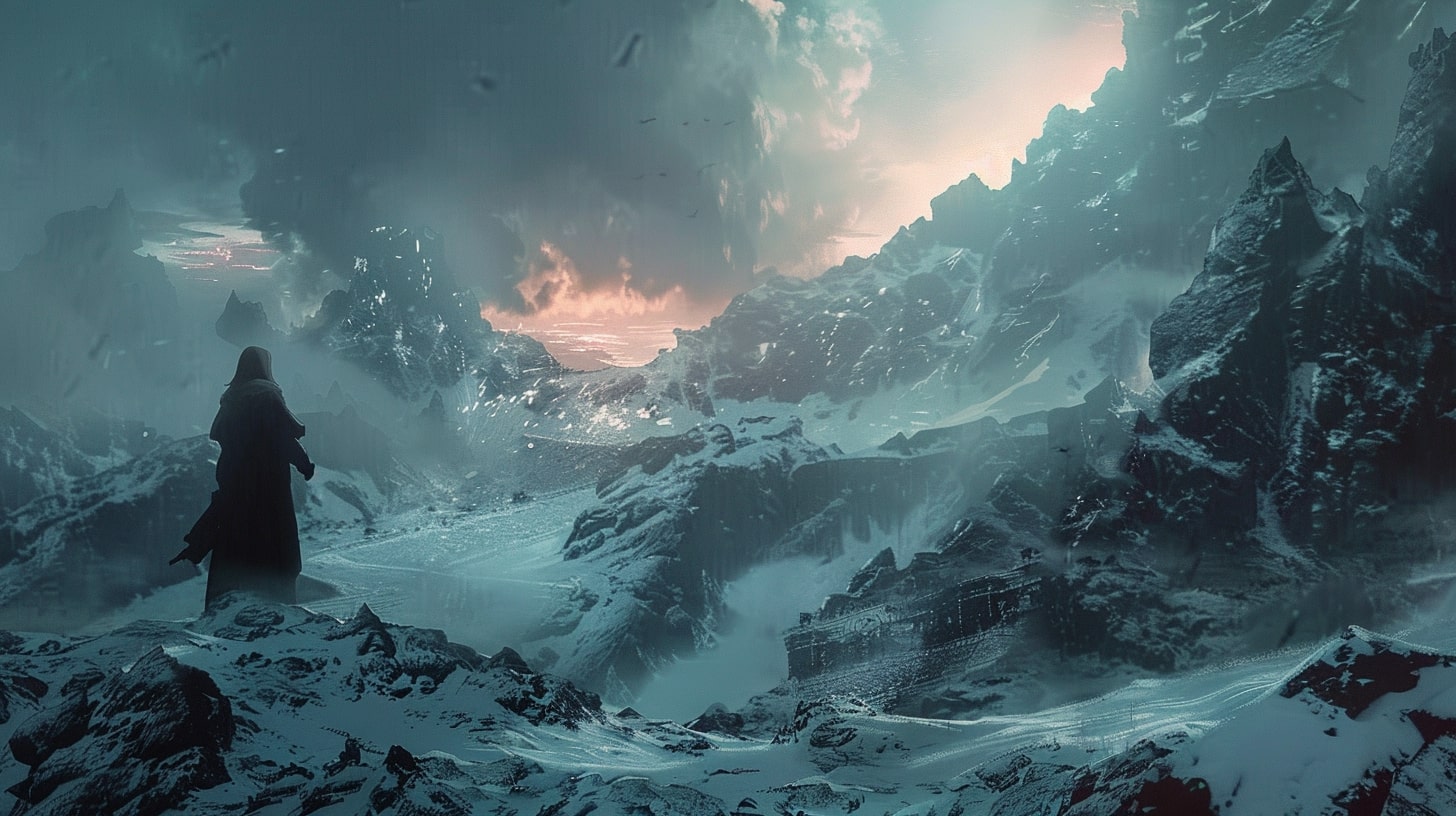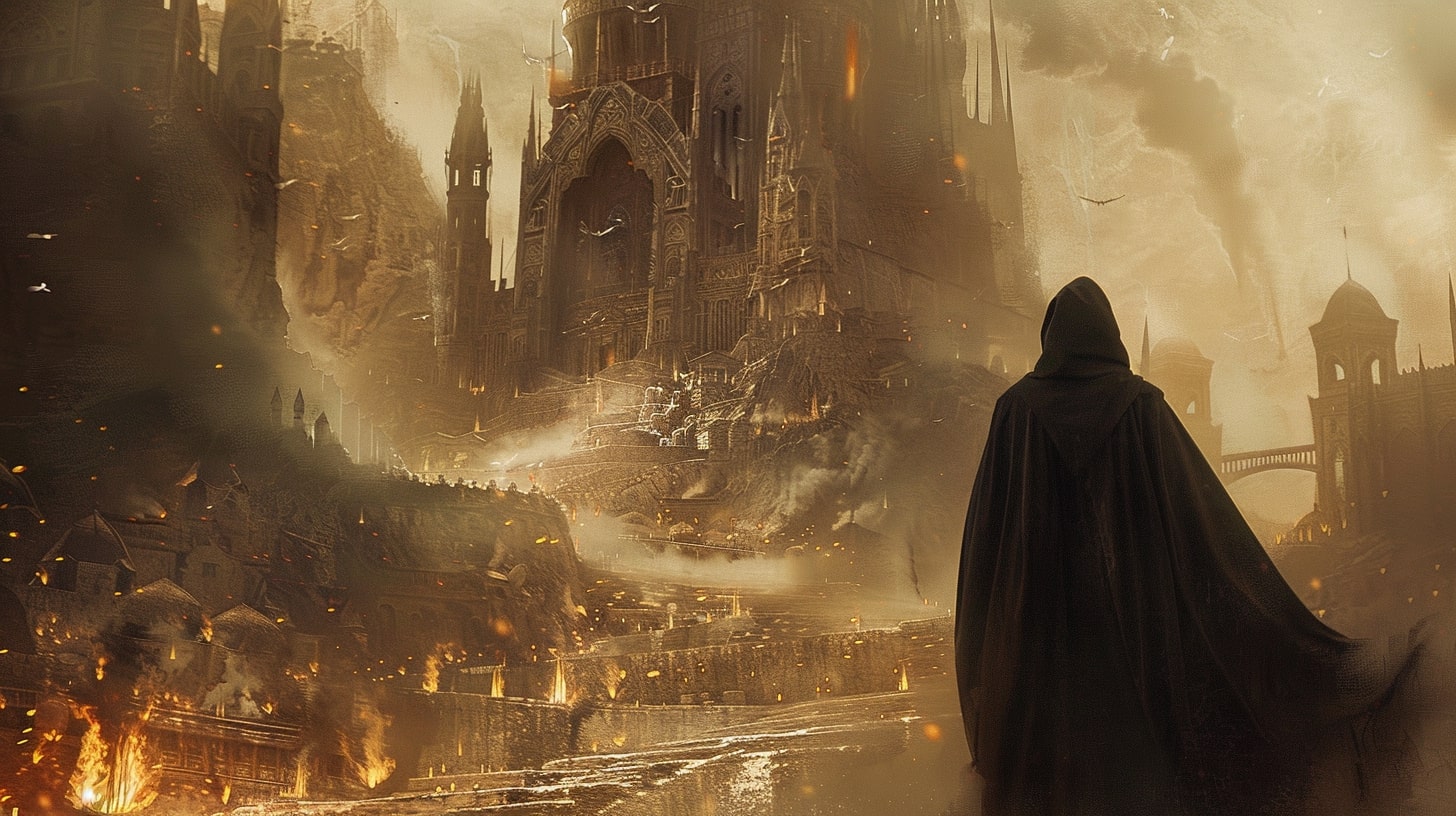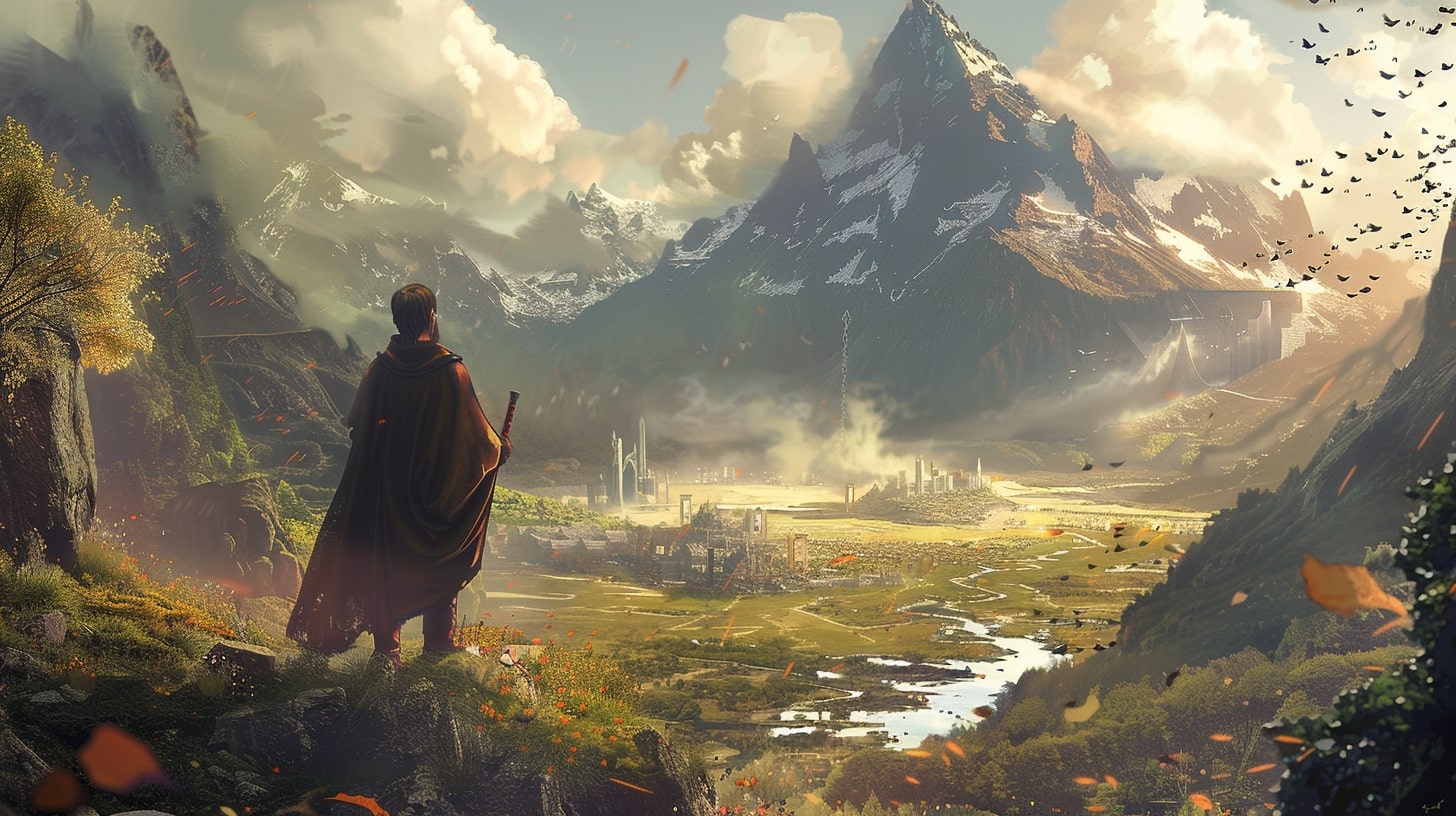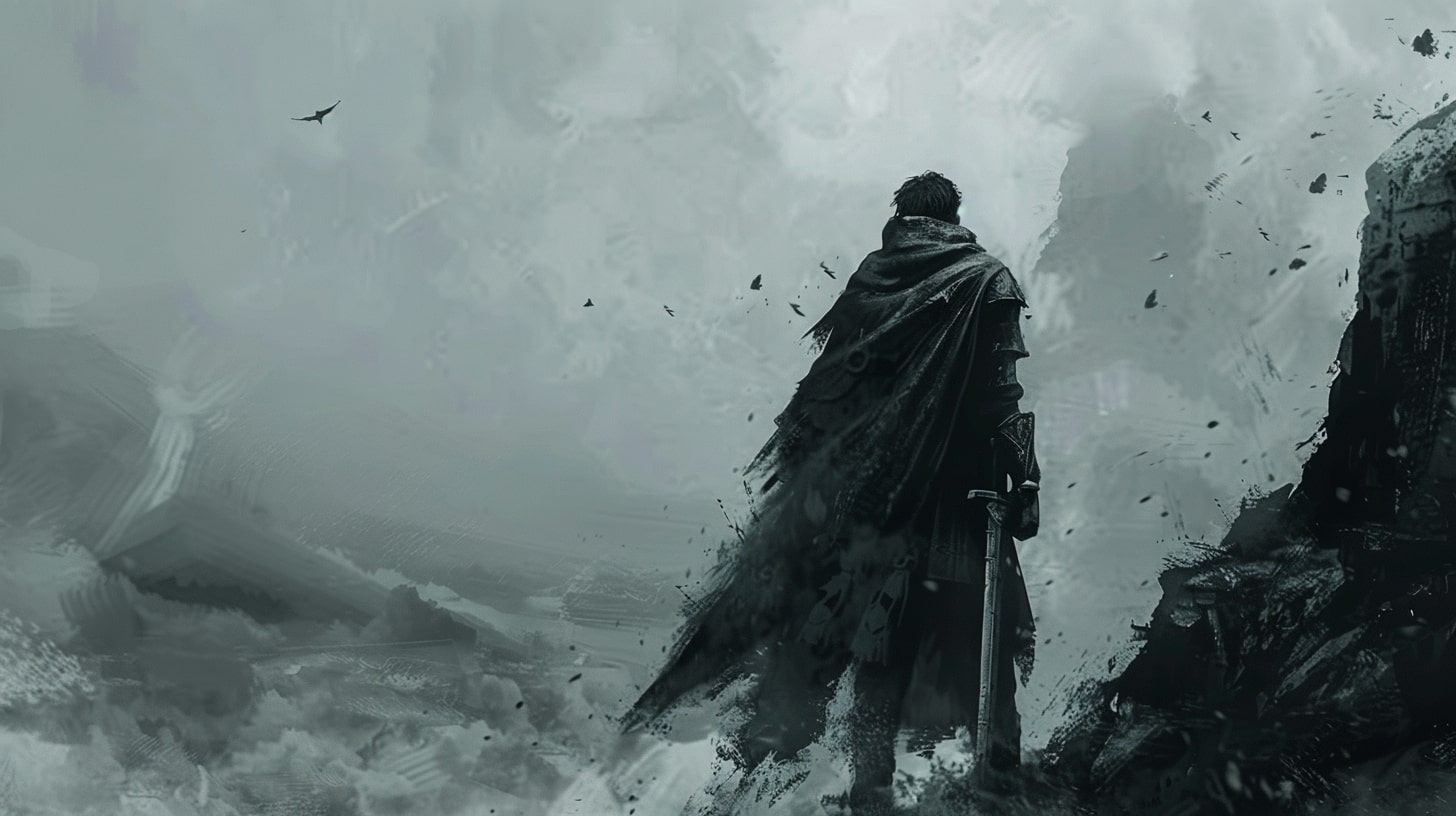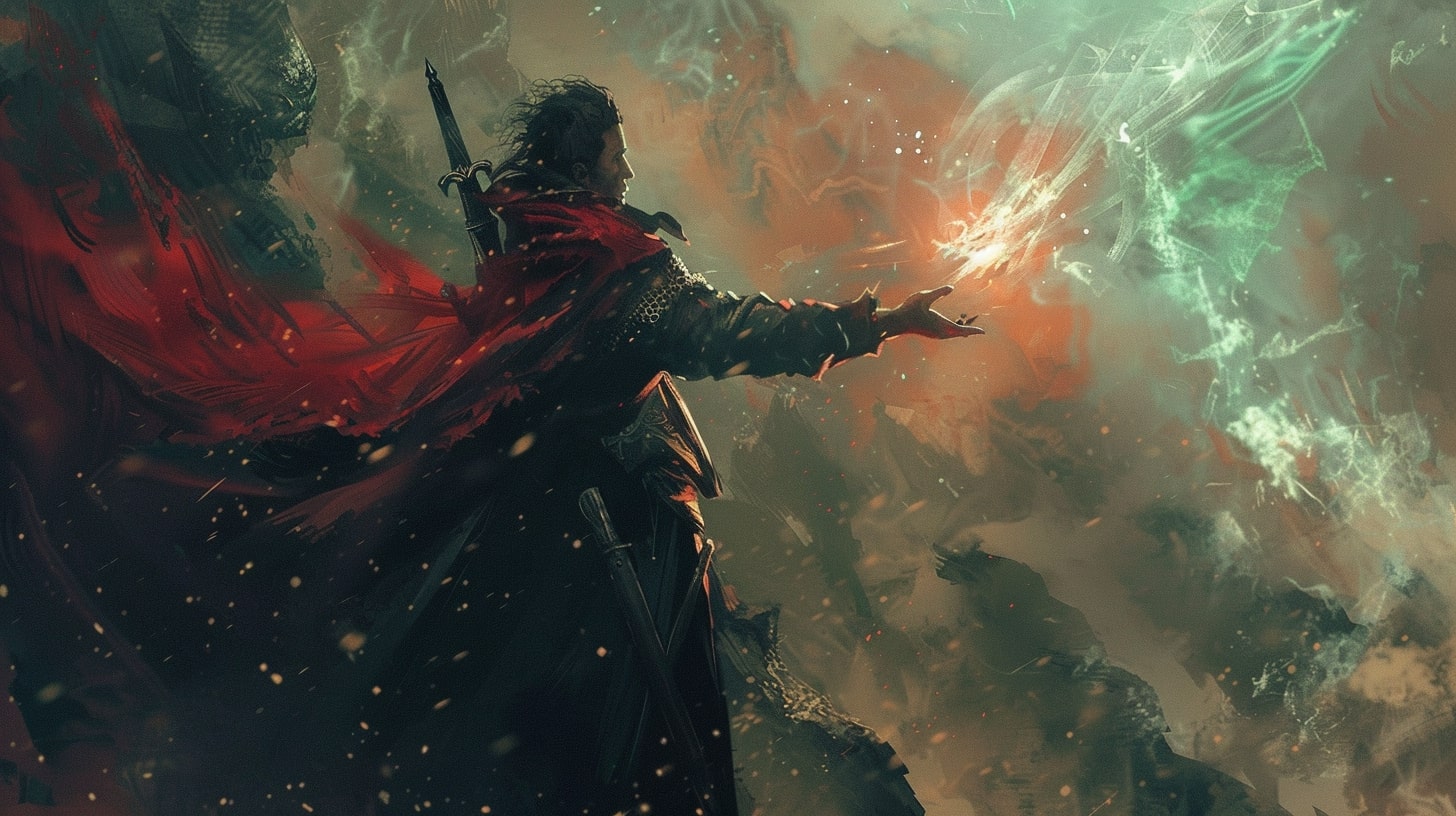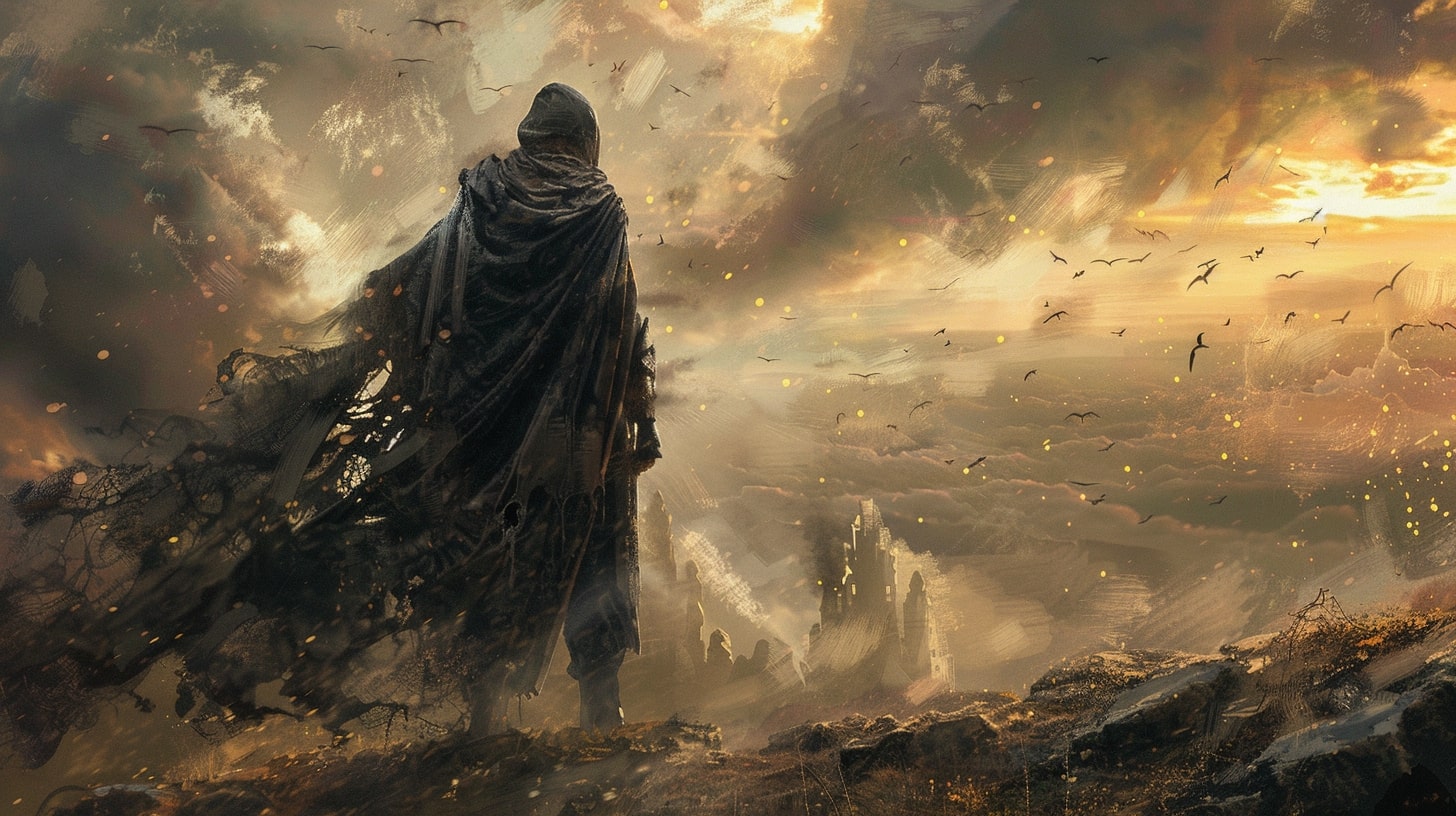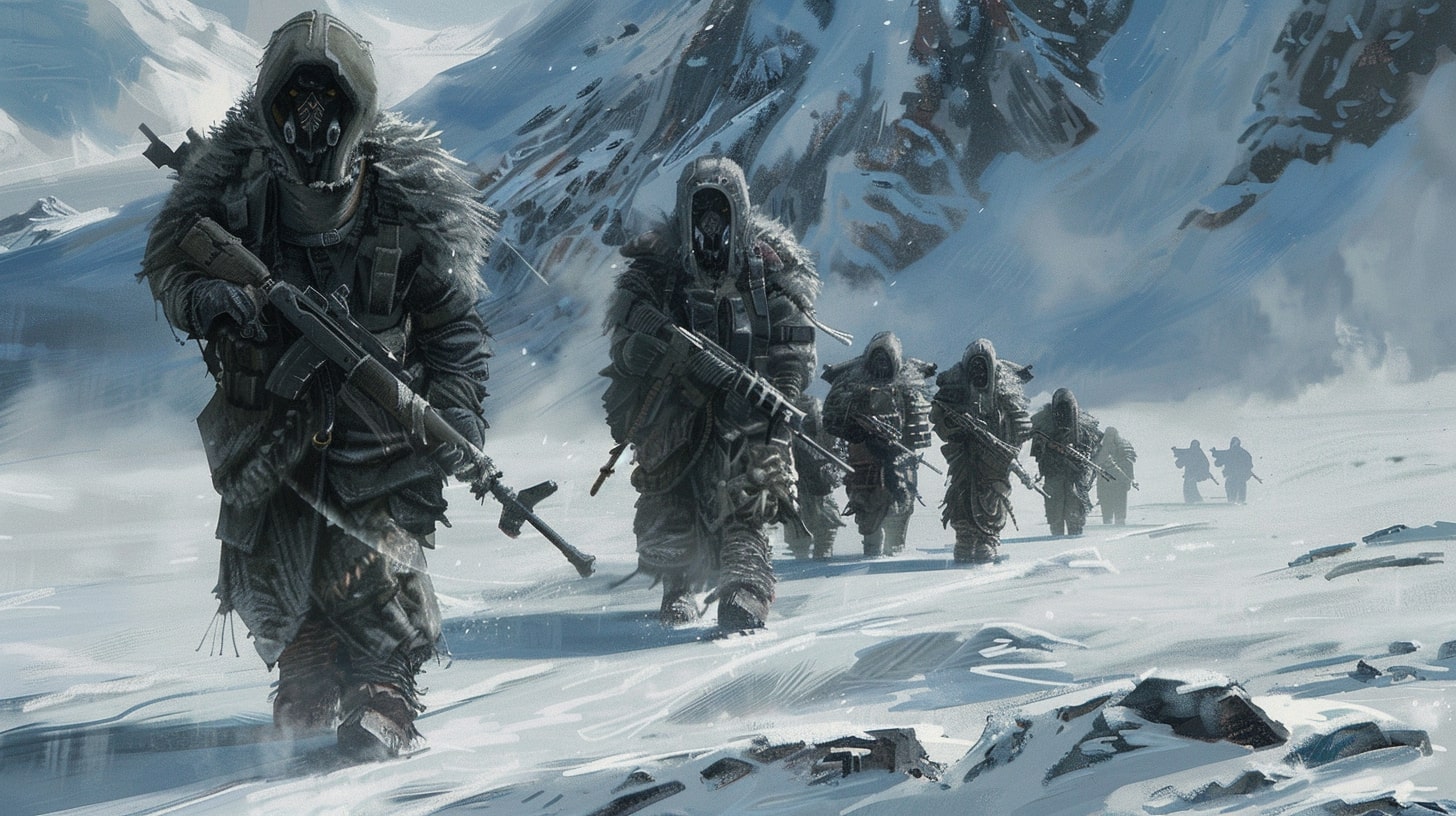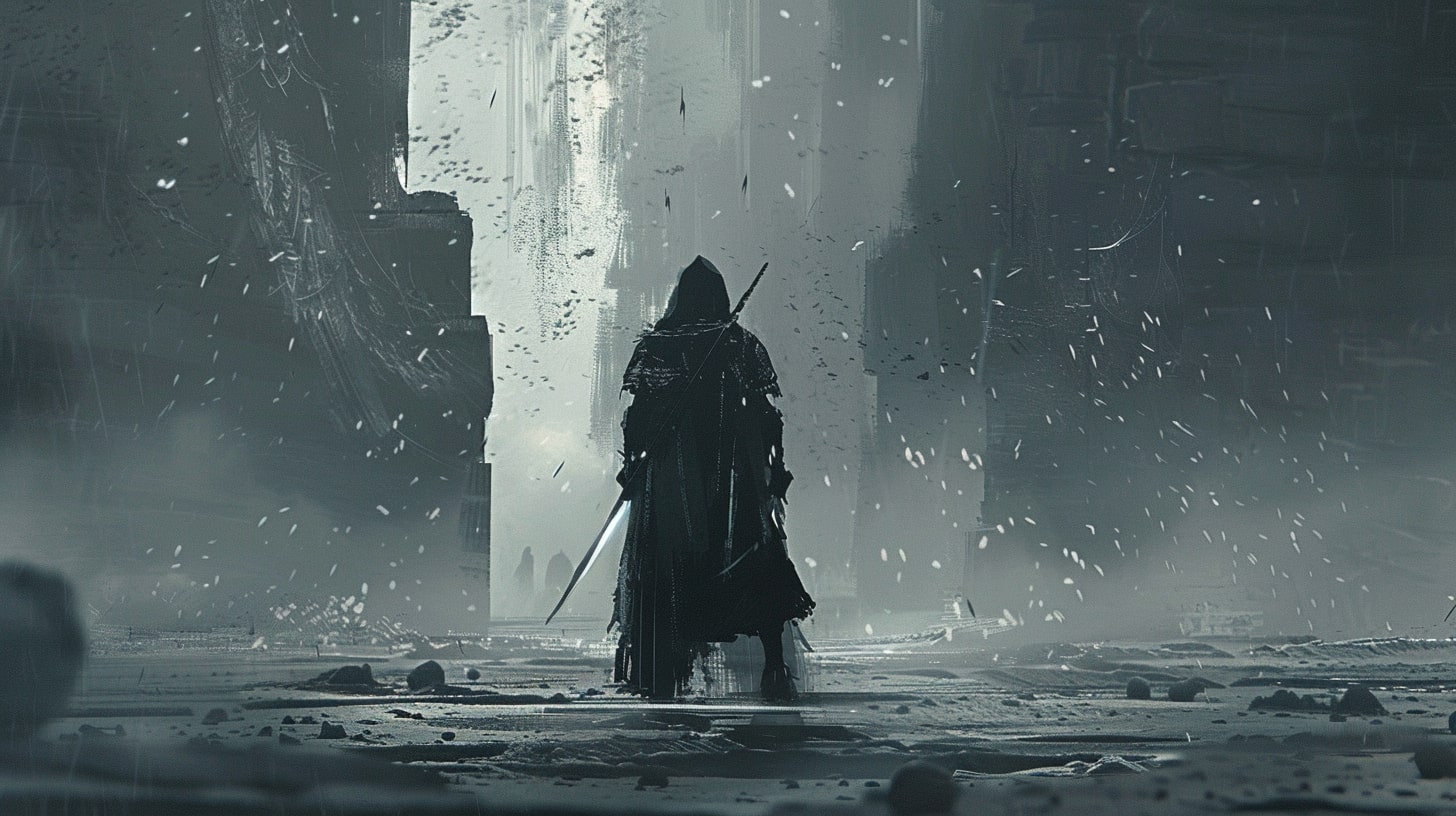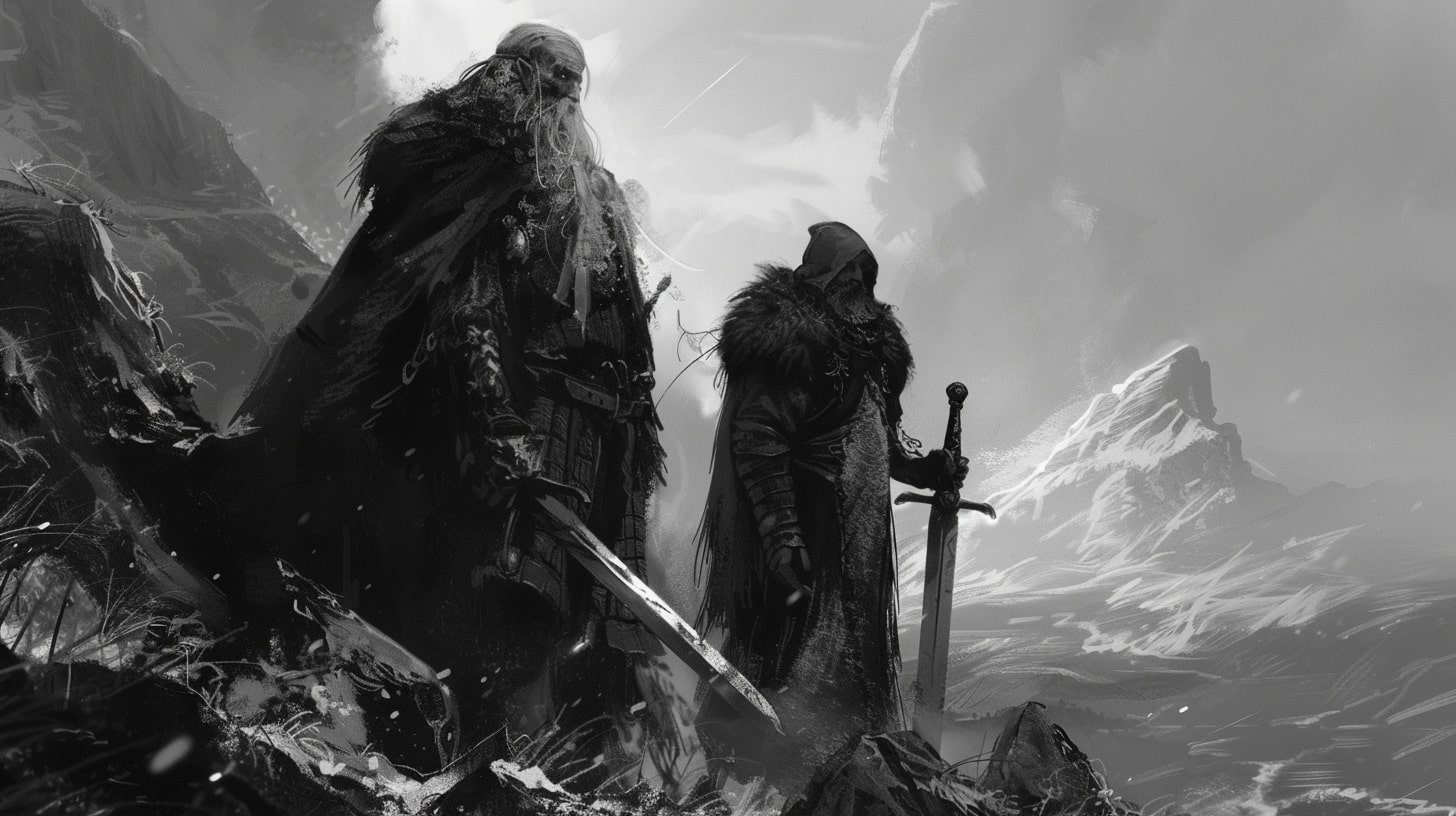The Art of Worldbuilding Characters
In the realm of worldbuilding, creating characters that breathe life into your worlds is an essential skill. Developing well-rounded and believable characters is not only crucial for capturing the imagination of your readers but also for enhancing the immersive experience of your world.
Let’s explore the importance of developing characters in worldbuilding and how they can add depth and richness to your fictional realms. Consider this the Ultimate Guide to Worldbuilding Characters.
Creating Characters that Breathe Life into Worlds
When you embark on the journey of worldbuilding, it’s important to remember that your characters are the conduits through which your readers experience your world.
They are the vessels of emotion, the agents of change, and the relatable guides for your audience. By creating characters that are multidimensional, relatable, and unique, you can breathe life into your worlds and make them come alive in the minds of your readers.
Every character you craft should have a purpose and a role to play within the world you have created. Whether they are heroes, villains, or supporting characters, each one should contribute to the overall story and reflect the intricacies of the world you have built.
By giving careful thought to their backstories, personalities, and motivations, you can create characters that resonate with your readers and add depth to your world.
Importance of Developing Characters in Worldbuilding
Developing characters in worldbuilding is not merely an exercise in creativity, but a crucial aspect of storytelling. Characters serve as the vehicles through which your readers explore and experience your world.
They help to convey the values, customs, and conflicts that shape the societies you have constructed.
Through their interactions, relationships, and personal journeys, characters can provide insight into the cultural background and diversity of your world. By crafting a diverse cast of characters, you can explore various perspectives, beliefs, and experiences, adding richness and authenticity to your world.
When your characters are well-developed, they become more than just fictional entities. They become relatable, flawed, and vulnerable individuals with whom your readers can connect on an emotional level.
This connection helps to create a sense of empathy and investment in the world you have created.
By incorporating worldbuilding into your character design, you can align your characters with the rules and systems of your world. For example, their unique traits and abilities can be influenced by the magic system, technology, or cultural aspects of your world.
Additionally, you can use symbolism and representations within your characters to reflect the themes and motifs of your world.
Worldbuilding characters is an art that requires careful consideration and thought. By creating characters that are believable, relatable, and aligned with your world, you can bring your fictional realms to life.
So, dive deep into the minds and hearts of your characters, and let them guide your readers through the enchanting worlds you have created.

Worldbuilding Characters: Building Believable Characters
To create believable characters that truly breathe life into your world, it’s crucial to consider various aspects of their development. Understanding the world and its influences, exploring cultural background and diversity, and defining character roles and archetypes are essential steps in the process.
Understanding the World and its Influences
As you embark on the journey of worldbuilding, it’s important to have a deep understanding of your world and the factors that shape it. Consider the geography, climate, history, and social structures that exist within your world. These elements will influence the characters that inhabit it, shaping their beliefs, values, and behaviors. By aligning your characters with the world around them, you create a cohesive and immersive experience for your readers.
Cultural Background and Diversity
Incorporating cultural background and diversity into your characters adds depth and richness to your world. Consider the different cultures, traditions, languages, and beliefs that exist within your world. Reflect this diversity in your characters, allowing them to represent various perspectives and experiences. By doing so, you not only create a more realistic and inclusive world but also provide opportunities for storytelling and exploration of different themes. For more ideas on worldbuilding cultures, you can check out our article on worldbuilding cultures.
Character Roles and Archetypes
Character roles and archetypes play a significant role in worldbuilding. These roles help define the purpose and function of each character within the narrative. Think about the different roles your characters can fulfill, such as heroes, mentors, allies, or antagonists. Each role brings a unique set of traits and motivations to the story, contributing to the overall dynamics and conflicts. While archetypes provide a framework, remember to add depth and complexity to your characters, ensuring they feel unique and authentic.
| Character Role | Description |
|---|---|
| Hero | The main protagonist who embarks on a journey or quest. |
| Mentor | A wise and experienced character who guides and trains the hero. |
| Ally | A supportive character who assists the hero in their journey. |
| Antagonist | The primary obstacle or adversary the hero must overcome. |
| Love Interest | A character who develops a romantic relationship with the hero. |
| Sidekick | A loyal companion who provides assistance and comic relief. |
Kalen Ryker is the hero of a story but that doesn’t mean he has to walk around with a cape.
Building believable characters involves a delicate balance between adhering to familiar archetypes and infusing them with unique traits and motivations. By understanding the world, embracing diversity, and defining character roles, you can create characters that not only fit seamlessly into your world but also captivate readers with their depth and authenticity.
Deepening Character Development
To create compelling and realistic characters in your worldbuilding, it’s crucial to delve deeper into their development. This involves exploring their personal motivations and goals, relationships and interactions, as well as their flaws and vulnerabilities.
Personal Motivations and Goals
Every character should have their own set of motivations and goals that drive their actions within the world you’ve created. These motivations can stem from a variety of factors such as personal desires, past experiences, or even the influence of their culture or society. By understanding what drives your characters, you can ensure that their actions and decisions align with their individual goals and aspirations.
Consider the unique aspirations and desires of each character. Are they seeking power, love, justice, or something entirely different? How do these motivations shape their choices and interactions within the world? By answering these questions, you can breathe life into your characters and make them feel more relatable to your readers.
Relationships and Interactions
Characters don’t exist in isolation; they interact with others within the world you’ve built. Developing meaningful relationships between characters adds depth and complexity to their stories. Consider the dynamics between characters, such as friendships, rivalries, or even romantic relationships. How do these relationships influence their actions and decisions?
Exploring the interactions between characters can reveal hidden layers and motivations. Do they have allies they can rely on or enemies they must overcome? How do their relationships evolve and change throughout the story? By developing these connections, you can create rich and dynamic character relationships that resonate with your readers.
Flaws and Vulnerabilities
Flaws and vulnerabilities make characters more human and relatable. Nobody is perfect, and your characters shouldn’t be either. Consider giving your characters both physical and emotional flaws that they must grapple with. These flaws can include weaknesses, fears, or internal conflicts that add depth to their personalities.
Vulnerabilities make characters more relatable as they face challenges and obstacles. These vulnerabilities can drive character growth and development, presenting opportunities for them to overcome their flaws and become stronger. By allowing your characters to face adversity and embrace their vulnerabilities, you create opportunities for powerful character arcs that captivate your readers.
Deepening character development by exploring their personal motivations, relationships, and flaws is key to creating multidimensional characters that breathe life into your world. By understanding what drives your characters, how they interact with others, and the challenges they face, you can craft compelling narratives that resonate with your readers. Remember to stay consistent and true to your characters’ identities as you bring them to life within your worldbuilding.
Incorporating Worldbuilding into Character Design
When designing characters for your worldbuilding project, it’s essential to ensure that they align seamlessly with the rules and systems of your world. By incorporating elements that reflect the unique aspects of your world, you can create characters that feel authentic and integral to the story. Here are three key considerations when incorporating worldbuilding into character design: aligning characters with the world’s rules and systems, unique traits and abilities, and symbolism and representations.
Aligning Characters with the World’s Rules and Systems
To make your characters feel rooted in the world you’ve created, it’s important to establish a clear understanding of the rules and systems that govern your world. Consider the cultural, societal, and magical aspects of your world and how they shape the characters within it. For example, if your world has a magic system, determine how characters acquire and use their magical abilities. Ensure that the characters’ traits and behaviors align with the established rules, creating a cohesive and believable narrative.
Unique Traits and Abilities
One way to make your characters stand out and contribute to the worldbuilding is by giving them unique traits and abilities. These distinctive qualities can be influenced by the world’s environment, history, or cultural aspects. For instance, in a world with advanced technology, a character might possess exceptional engineering skills or be proficient with futuristic gadgets. By infusing your characters with traits that complement the world you’ve built, you add depth and richness to both the characters and the world itself.
Consider creating a table to showcase the unique traits and abilities of your characters:
| Character | Unique Trait/Ability |
|---|---|
| Aria | Proficient in ancient elemental magic |
| Rylan | Master swordfighter trained in the art of dueling |
| Ava | Skilled herbalist with knowledge of rare medicinal plants |
Symbolism and Representations
Symbolism can be a powerful tool in character design, as it can convey deeper meanings and connections to the world. Consider incorporating symbolism that reflects the themes, cultures, or history of your world. For example, if your world places importance on a specific animal or object, you can use it as a symbol for certain characters. Additionally, representations of different cultures within your world can enhance diversity and add depth to the characters’ backgrounds.
By infusing your characters with symbolism and representations, you create a sense of cohesion and resonance with the world. This can help readers or audiences connect with the characters on a deeper level and appreciate the thoughtfulness put into their design.
As you design your worldbuilding characters, keep in mind these key aspects: aligning them with the world’s rules and systems, incorporating unique traits and abilities, and utilizing symbolism and representations. By carefully considering these elements, you can create characters that not only breathe life into your world but also enhance the overall storytelling experience. For more insights and tips on worldbuilding, check out our article on worldbuilding resources.
Bringing Characters to Life
To truly bring your worldbuilding characters to life, you need to focus on their dialogue and voice, their character arcs and growth, and finding the right balance between the characters and the world you have created.
Dialogue and Voice
One of the most effective ways to give depth and personality to your characters is through their dialogue and voice. Each character should have a unique way of speaking that reflects their background, personality, and role in the world. Consider their vocabulary, sentence structure, and speech patterns. Do they use slang or formal language? Are they verbose or concise? By crafting distinct voices for your characters, you can make them feel more authentic and relatable to your readers.
Additionally, dialogue is an opportunity to reveal information about the world you have built. Characters can discuss customs, politics, or even share stories that provide insights into the world’s history or mythology. By weaving worldbuilding elements into the dialogue, you can immerse readers in the intricacies of your world.
Character Arcs and Growth
Characters should not remain stagnant throughout your story or world. They should undergo character arcs and experience personal growth or change. This allows readers to connect with the characters on a deeper level and keeps them invested in their journeys.
Consider how your characters evolve over time. What challenges do they face? What lessons do they learn? How do they overcome their flaws or vulnerabilities? By mapping out their character arcs, you can create compelling storylines that resonate with your readers.
Remember that character growth should be rooted in the world you have built. The events and conflicts within the world should have an impact on your characters, shaping their development. For example, if your world is plagued by political unrest, a character may start as an apolitical individual but gradually become a champion for change.
Balancing Characters with the World
While it’s important to focus on developing your characters, it’s equally crucial to find the right balance between your characters and the world they inhabit. The world should influence and shape your characters, but it should not overshadow them.
Ensure that your characters are not merely vessels to showcase your worldbuilding, but rather individuals with their own desires, motivations, and agency. The world should serve as a backdrop, providing opportunities and challenges for your characters to navigate.
Consider how your characters fit into the world’s rules, systems, and cultures. How do they interact with different groups or factions? How are their unique traits and abilities influenced by the world? By aligning your characters with the world you have built, you create a cohesive and immersive experience for your readers.
By focusing on dialogue and voice, character arcs and growth, and finding the right balance between characters and the world, you can breathe life into your worldbuilding characters. Remember to stay consistent and true to the world you have created while allowing your characters to shine and captivate your readers.
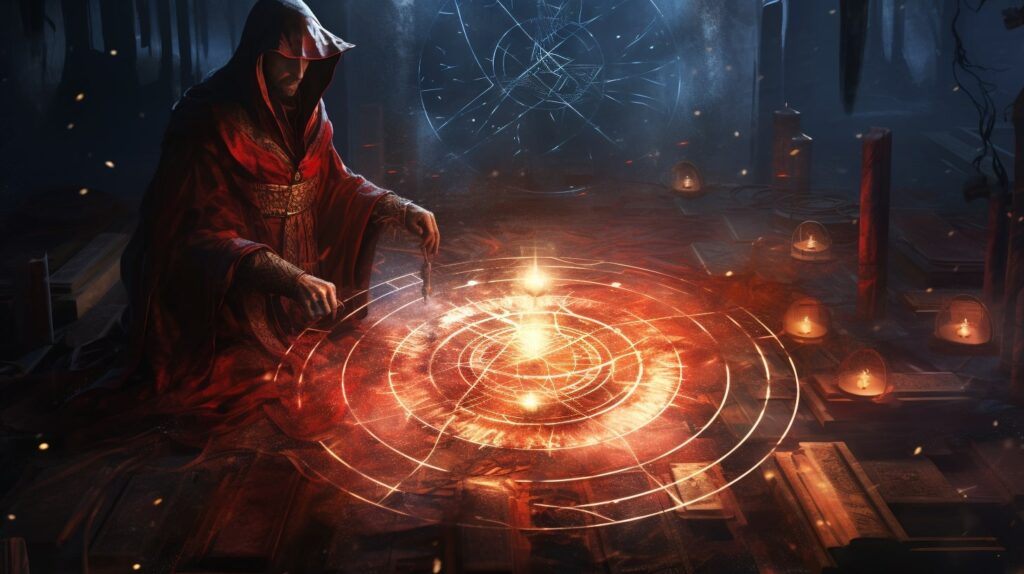
Tips for Successful Worldbuilding Characters
Creating compelling and immersive characters is an essential aspect of worldbuilding. To ensure the success of your worldbuilding characters, consider the following tips:
Research and Inspiration
To develop rich and believable characters, conduct thorough research and draw inspiration from various sources. Dive into books, articles, and resources that explore different cultures, histories, and personalities. This research will help you create diverse and authentic characters that resonate with your readers. For more worldbuilding ideas and inspiration, check out our article on worldbuilding inspiration.
Consistency and Continuity
Maintaining consistency and continuity in your characters is crucial for a cohesive world. Keep track of their traits, backgrounds, and personalities to ensure they remain consistent throughout your story. Create character profiles or use a worldbuilding checklist to track the details of each character. This attention to detail will enhance the believability of your world and its inhabitants.
Feedback and Revision
Seek feedback from beta readers, editors, or fellow writers to gain fresh perspectives on your characters. Constructive criticism can help you refine and strengthen your character development. Be open to feedback and be willing to revise and improve your characters based on the input you receive. Remember, even the most well-developed characters can benefit from additional refinement.
By following these tips, you can create captivating and memorable characters that truly breathe life into your world. Remember to conduct thorough research, maintain consistency, and seek feedback to ensure the success of your worldbuilding characters. Happy writing!
Note: For more guidance on worldbuilding, check out our comprehensive worldbuilding guide and explore our range of worldbuilding resources.




